* (restored/expanded)
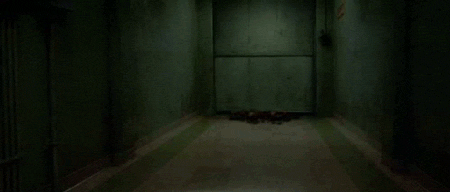
‘Crispin Glover, who has been acting oddly in movies all his life, would very much like to set the record straight. “I know that people think of me as this kind of crazy person, but that’s really just a perception and does not have a lot to do with my true personality,” he said the other day. “Some of the stuff is true. But recently there’s been an invention to it that goes beyond truth. I’m eccentric. I am not messed up.”
‘Inside his spooky-cavernous Moorish abode in Los Angeles — it’s dimly lighted by candles, smells of incense and gives the impression that it might be owned by someone with a fondness for volcanoes, given the several papier-mâché volcanoes on display and the paintings of volcanoes on the walls — Glover suddenly feels the need to prove how not messed up he is, by leaping from his seat and heading to an antechamber. There, behind a door, rests a cumbersome-looking metallic contraption. It is often said to be an early example of a gynecological chair, the point obviously being to suggest that Glover, in addition to his volcano obsession, also might have some other, less-savory interests. But the chair, it seems, is not what it is thought to be.
‘”It’s just not,” Glover says, sounding aggrieved. “It’s just an old medical chair I got for probably $100 at the Salvation Army in Santa Monica 19 years ago. That’s all it is. If it was a gynecological table, it would have stirrups on it.”
‘That noted, he returns to his living room, sits, crosses his long legs, takes a sip of green tea, licks his lips, sighs, giggles his oddly high-pitched, nearly effeminate-hayseed giggle and says, “I must say, I’m exhausted. I am truly exhausted.” He goes on to delineate a few of his labors, which have included starring in the rat movie Willard; returning to his hardly speaking kick-and-chop Thin Man role in Charlie’s Angels: Full Throttle; working ceaselessly toward the completion of his own offbeat, years-in-the-making, tiny-budget film projects, with titles such as What Is It?, which features both snails and actors with Down syndrome; worrying about the cleaners who are supposed to be here cleaning his pad but aren’t; rehashing the ballyhooed Letterman Incident of 1987, in which he aimed a karate-type kick at the host’s head, thus cementing what the public generally thinks of him: fruitcake; occasionally going out on dates with his alluring, huskyvoiced, actress/Penthouse Pet girlfriend, Alexa Lauren, but most often staying home with her in bed, watching movies; importing absinthe into the country; dealing with the hassle of repairing his 1953 Bentley R-type convertible; and fending off inquiries into his childhood (“I didn’t have a lot of emotional problems or anything like that”; nor was he a bed-wetter; nor did he have eroticized feelings for his mother — that he can recall) that inevitably lead him to cast his eyes toward his fireplace and what hangs on the wall above it.
‘”Those!” he says, rattling a longish, bony finger at a case containing his infamous collection of wax eyeballs, made in the 1800s to instruct and edify physicians. “They are not diseased eyeballs. They are wax replications of diseased eyeballs.”
‘He shifts in his seat, letting the hair thus split drift to the floor.
‘”I can tell people really do wonder with me,” he goes on. “They really do wonder if something is wrong. Nobody ever says anything. But you can tell. I’m probably overthinking it. But it’s my nature to analyze and think about how things are. And there is this element of people thinking, ‘Wow, this guy is really psychotic.’ It’s like, you can’t have any fun, and if you do have fun, if you do your own thing, you’re considered crazy and should be in a mental institution. Now, that’s what I find creepy.”
‘In years past, Glover has appeared on film with cockroaches in his underpants (David Lynch’s Wild at Heart, 1990) and with a meat cleaver in his face (Friday the 13th: The Final Chapter, 1984). He’s been a horny teenager (My Tutor, 1983, his first film role); a drug-frazzled, mullet-wearing murder witness (River’s Edge, 1986, his finest sustained performance); a spazoid dad to Michael J. Fox (Back to the Future, 1985, his most well-known part); and the greatest Andy Warhol of all time (The Doors, 1991). He’s been lots of things and owned almost all of them, with his Fagin nose and Alfalfa hair; with his twitchy starts and stilted postures. At first, River’s Edge writer Neal Jimenez thought Glover’s wackadoo performance ruined his movie and only recently admitted that, in fact, it made the movie. But somehow it’s like that with Glover: You appreciate him best in retrospect, looking back at whatever creature he has created.
‘Today, Glover, 39, is dressed in black lace-up boots, black dress socks, white briefs, black shirt and black Dickies trousers. He’s formal at the most casual of times. Up in his bedroom, he walks to a shelf and takes down a papier-mâché volcano with a music box inside and flips open the base to show a quite surreal inner diorama. “See,” he says, licking his lips, “there’s a woman in her volcanic garden, and you open it up to buffaloes looking over the scene. She’s been bowled over by the lava. This is her funeral. This is the lava flowing out.” He winds the box and eventually out comes the note of a song, and then a while later another note arrives, and so forth, glacially, with Glover singing along in similar slow-mo fashion: “I … want… to … hold … your… hand….
‘”That’s a good piece,” he says, happily. “I like that. That’s a good one.”
‘He’s eccentric, all right, and over time the eccentricities keep on piling up.
‘He has no TV anywhere in his house or, as he sometimes likes to put it atmospherically, “I receive no incoming television signals. He has self-published four books, surreal reassemblages of Victorian-era how-to texts, with titles such as Oak Mot and Rat Catching; his mother, Betty Glover, who helps him sell the books, reports that when schoolteachers tell her they use her son’s books in class, she always thinks, “Oh, my God.” He doesn’t tell jokes, because he doesn’t think jokes are funny. He cannot tolerate rock music in a restaurant setting. When he was five, he buried his massive collection of Hot Wheels and Matchbox die-cast cars and about that incident says, “It’s one of the few things I’ve done in my life that I’m genuinely perplexed by.” He frequently loses his wallet, but it is always returned, sometimes by a policeman named Web. He very rarely curses, not because he’s against cursing but because he tends to abhor slang. He has never smoked pot, because when he was four years old, he saw two kids “talking about marijuana, and they thought they were so cool, and I found it so annoying that I vowed I’d never smoke it.” Et cetera, ad infnitum.
‘”You can have an image of being normal or an image of being weird,” his girlfriend Alexa Lauren likes to say. “But what’s really normal and what’s really weird, you know?”
‘Glover’s mother was a classically trained dancer; his father, Bruce, is a working actor who teaches acting and has appeared in 68 films, including Chinatown. Crispin was born in Manhattan, but his folks soon moved with him to Mar Vista, California. He was an easy child but different. For one thing, he was extremely intelligent, so to help him manage his intelligence, his parents enrolled him in a school for the gifted, Mirman School. He excelled in English, history and creative writing, got along with everybody, and everybody got along with him. And this was true even when he left Mirman, after the ninth grade, for three years of public school. Glover’s more obsessed fans think that, like them, he must have had a dreadful childhood, filled with depressions, beatings, cruel hazings, alcohol-smelling kisses, zits, painful classroom erections, snobby girls, indifferent teachers and on and on. This was never the case — though Glover wasn’t too fond of the way his dramatic parents always argued. “When you’re an only child,” he says, softly, “you really feel the anxiety of a situation like that.”
‘The first movie he auditioned for was Walking Tall, at age eleven. He met with the casting director, who asked questions (“What’s your name?”) and received only mumbles and low talk in return (“…”). Afterward, the casting director told Bruce Glover that Crispin was too shy to be an actor; and Mr. Glover told Mrs. Glover that he would never ever take Crispin to an audition again. According to Crispin, however, the only problem was that he didn’t know you had to be outgoing in an audition. “It’s my nature to be more quiet, but I don’t have to be,” he says. Two years later, he won his first professional acting gig, in a stage production of The Sound of Music, starring Florence Henderson as Maria.’ — Erik Hedegaard
_____
Stills


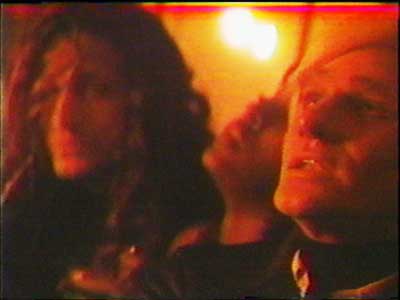
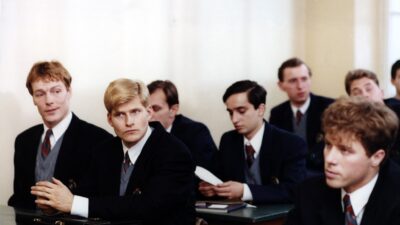

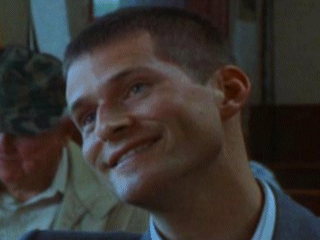
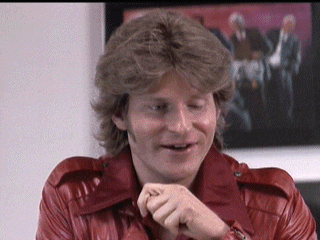
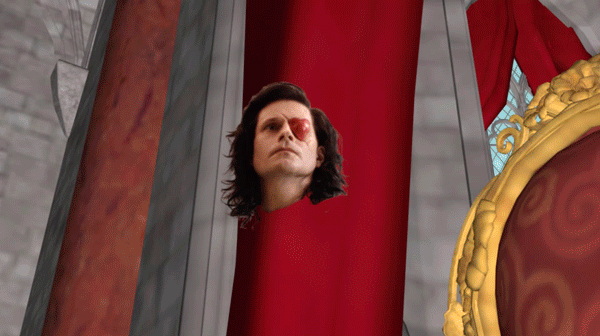
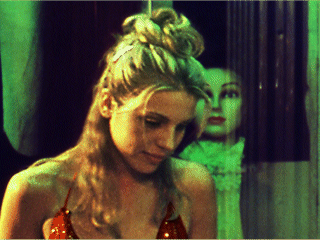




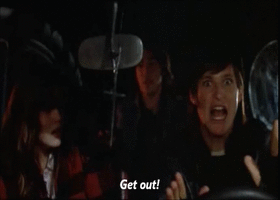











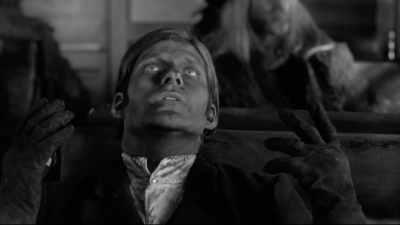


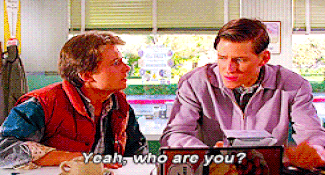
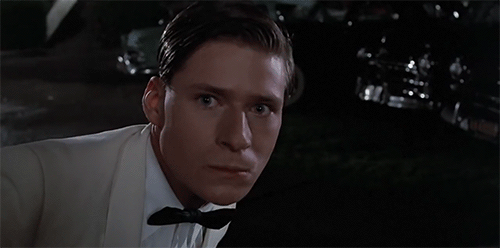

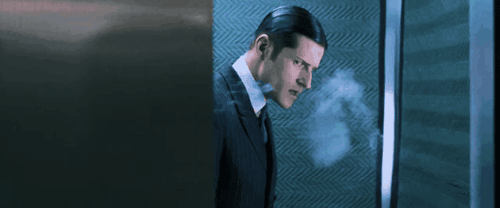
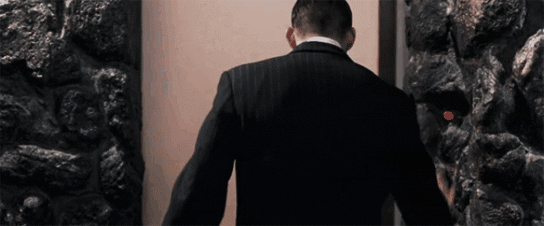
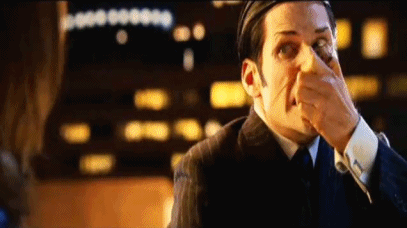
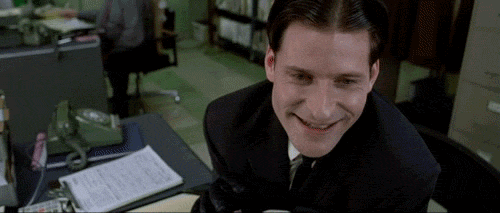
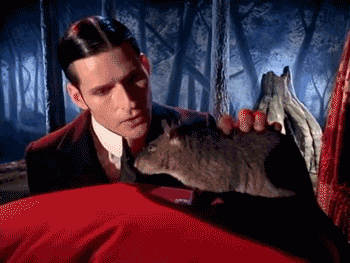






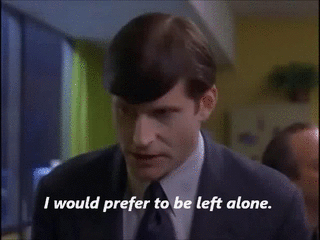
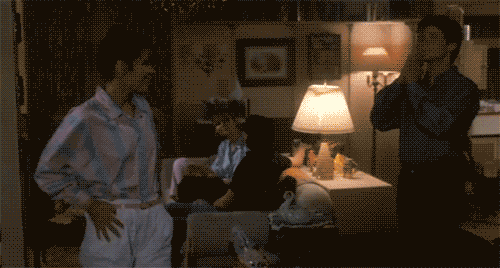




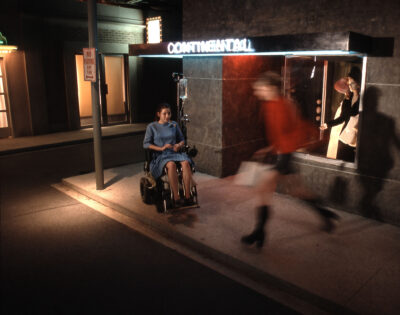
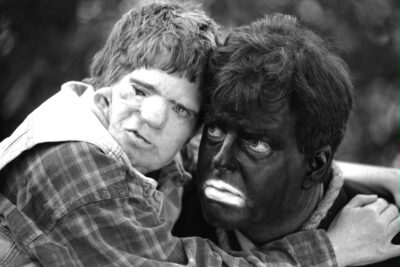










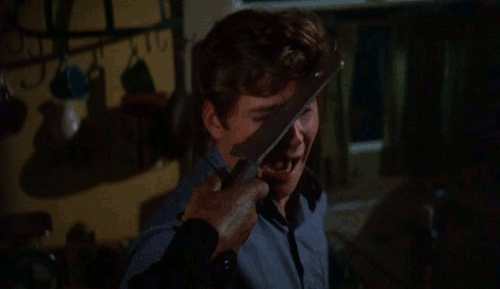
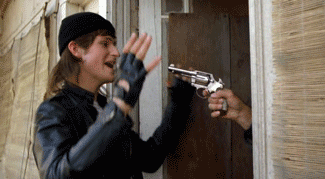
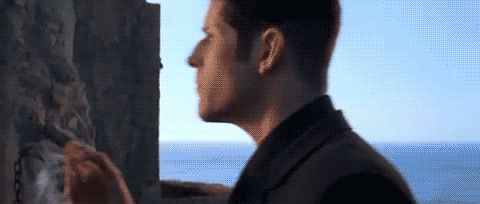
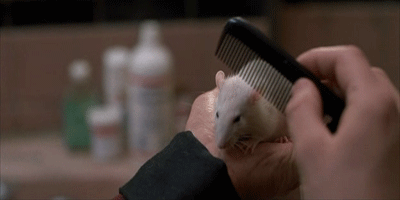
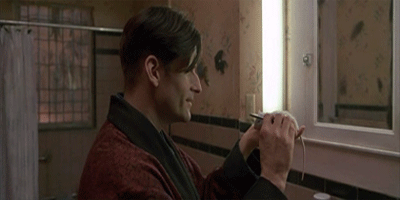
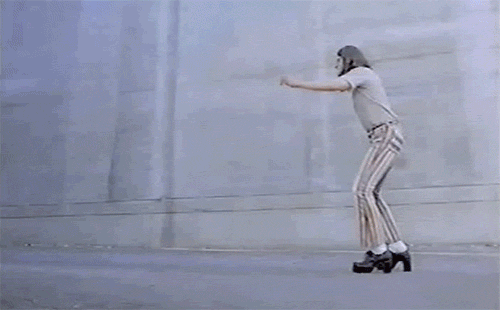
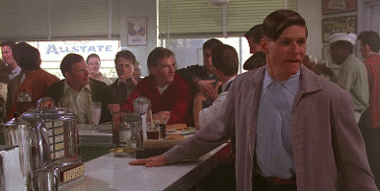
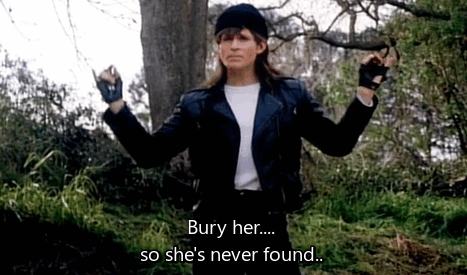




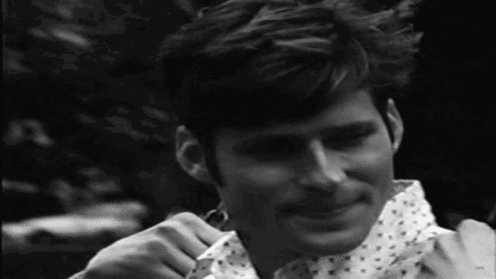




____
Further
Crispin Hellion Glover
Crispin Glover @ IMDb
Crispin Glover: ‘When you raise questions people say, ‘You’re crazy’’
Crispin Glover’s Still Angry About Back To The Future, Read His Angry Words Here
Crispin Glover @ Twitter
Crispin Glover Invited Us to His Incredible Czech Castle
12 Things We Learned from Crispin Glover’s Reddit AMA
Crispin Glover interviewed @ The AV Club
The Official Crispin Glover Facebook page
Goodbye, McFly: Crispin Glover’s ‘It’ Trilogy and the Cinema of Reaction
I Went to a Museum with Crispin Glover
What exactly is it? Crispin Glover’s surreal, cinematic vision of the big, bad world
The future’s bright for cinema’s enduring outsider
CLOSE TO THE LEDGE WITH CRISPIN GLOVER
Crispin Glover on Food
Personality Clash – Crispin Glover Vs J Mascis
Crispin Glover: If It Makes an Audience Uncomfortable, It Won’t Get Funded
Art and Propaganda: Crispin Glover Interviewed
_____
Additionals
Crispin Glover on Letterman 1987 (infamous)
Crispin Glover explains bizarre Letterman appearance…kind of
Crispin Glover “Clownly Clown Clown”
Crispin Glover meets LittleLoca
Crispin Glover – What It Is, and How It is Done.
______
Interview

Your acting career in film began in the early 80s. What was it like entering Hollywood at the time, after the legacy of the 70s?
Crispin Glover: As soon as I got my driver’s license when I was 16, in 1980, I attended screenings at revival theaters that were quite popular in L.A., before VHS competition cleared many of them away. The films I saw that played in these venues tended to question culturally accepted truths with performances that underscored these concepts. I studied actors giving performances like Jack Nicholson in Five Easy Pieces and Easy Rider, Brad Dourif in One Flew Over the Cuckoo’s Nest and Wise Blood, and Klaus Kinski in Aguirre, the Wrath of God. These films and performances characterized the atmosphere of cinema and acting I believed I was stepping into as a young actor. By 1982, at age 18, I began to act in feature films. At this time, I believed film’s main purpose was to question suspect things in our culture. I enthusiastically supported the idea of questioning our culture. Sometimes I felt scorned and isolated; other times I felt accepted and admired. Then, at one point, in the midst of my career, I realized that the types of films the industry was financing and distributing had changed almost diametrically from the types of films I had watched when I was 18. Something that is important to understand is that those who appear in corporately funded and distributed films, and more importantly the content of these films, [are] not determined by the populace of the culture, but by the corporate interests that are funding and distributing the films. Now, I have put my artistic passions and questions into my own filmmaking.
When and how did you start making your own films?
The first feature film I produced and directed is What Is It? I am very careful to make it quite clear that What Is It? is not a film about Down syndrome, but rather my psychological reaction to the corporate restraints that have happened in the last 30 or more years in filmmaking. Specifically, in that anything that can possibly make an audience uncomfortable is necessarily excised, or the film will not be corporately funded or distributed. This is damaging to the culture because it is the very moment when an audience member sits back in their chair, looks up at the screen and thinks, “Is this right what I am watching? Is this wrong what I am watching? Should I be here? Should the filmmaker have made this? What is it?”—and that is the title of the film. What is it that is taboo in the culture? What does it mean that taboo has been ubiquitously excised in this culture’s media? What does it mean to the culture when it does not properly process taboo in its media? It is a bad thing when questions are not being asked—these kinds of questions are when people are having a truly educational experience. . . . This stupefies culture. So What Is It? is a direct reaction to the contents of this culture’s media. I would like people to think for themselves.
In 1996 I was approached by two young, aspiring filmmakers from Phoenix to act in a film they wanted to produce and direct. They made a monetary offer to my agents, which they really should not have done as they did not actually have financing. Nonetheless, it did get me to read the screenplay, which I found to be interesting, but I thought there were [conceptual, structural] things that did not work. I came up with solutions to re-work it. . . mainly that most of the characters were to be played by actors with Down syndrome. They were fine with this concept . . . and David Lynch then agreed to executive produce the film [and] for me to direct. This was very helpful, and I went to one of the larger corporate entities in Los Angeles that finances films. They were interested in the project, but after a number of meetings and conversations they let me know that they were concerned about financing a project wherein most of the characters were played by actors with Down syndrome. The title of the screenplay at this point had become It Is Mine. and will eventually be part three of the “It” trilogy. It was not known yet at the time that there would be a trilogy, but it was decided that I should write a short screenplay to promote that the concept of having a majority of characters played by actors with Down syndrome was a viable thing to do for corporate entities to invest in.
This is when I wrote a short screenplay titled What Is It?, which we shot in four days. . . . I could see with more work and more material I could turn it into a feature. Over approximately the next two years I shot eight more days and edited it into what is now the final version of the film.
From the first day of shooting what was to be a short to having a 35mm print of the feature film took nine and a half years. But perhaps more important than realizing the short should be turned into a feature was that it became apparent that what the corporate entity was reacting to was not the viability of having a majority of the characters played by actors with Down syndrome, but it was the concept itself that was the concern.
Sometimes people think I am stating that having actors with Down syndrome is taboo—that is not what I am stating. One can easily see movies or television shows that include actors with Down syndrome. It may not be common but it is available. What you will not see in a corporately funded and distributed film is an actor with Down syndrome playing a character that does not have Down syndrome, whereas one will easily see an actor without a disability playing a character with a disability. Furthermore, that is the kind of performance that can get nominated for an Academy Award in a best-acting category. Whereas a person with a disability playing a character without a disability can cause severe cultural questioning. “Why are you doing this? Are you making fun of these people? Are you taking advantage of these people?” Of course I had zero interest in doing any of these things.
Steven C. Stewart wrote and is the main actor in part two of the trilogy, It Is Fine! Everything Is Fine. I put Steve into the cast of What Is It? because he had written this screenplay [in the late 1970s], which I read in 1987. When I turned What Is It? into a feature I realized there were certain thematic elements in the film that related to what Steven C. Stewart’s screenplay dealt with. Steve had been locked in a nursing home for about 10 years when his mother died. He had been born with a severe case of cerebral palsy and he was very difficult to understand . . . Steve was of normal intelligence. When he did get out, he wrote his screenplay. Although it is written in the genre of a murder-detective thriller, truths of his own existence come through much more clearly than if he had written it as a standard autobiography. It was also very important to Steve that he was playing the bad guy. He wanted it to be understood that a person with a disability—emphasis on person—can have dark thoughts, too.
After Charlie’s Angels came out it did very well financially and was good for my acting career. . . . I have been able to divorce myself from the content of the films that I act in and look at acting as a craft [where I can] help other filmmakers to accomplish what it is that they want to do. If, for some reason, the director is not truly interested in doing something that I personally find interesting with the character, then I can console myself that with the money I am making to be in their production I can help to fund my own films that I am so truly passionate about. . . . That is exactly what happened [after Charlie’s Angels with It Is Fine! Everything Is Fine.] . . . Steve died within a month after we finished shooting the film . . . [I] had taken out no insurance if Steve were to die. Steve was a strong person and I knew that he had an inner need to get this story out. . . . In 1996, he would write me e-mails like, “When are we going to make the film before I kick the bucket?” . . . The fact that Steve had both a sense of humor and a sense of rebellion made it so I could very much relate to him. . . . It may sound sappy, but if Steve were here today I would be very happy to tell him how much he has positively affected my life. . . . I feel It Is Fine! Everything Is Fine. will probably be the best film I will have anything to do with in my entire career.
What motivated the decision to tour the films, as opposed to a more standard release route?
Sometimes people ask why I have not “distributed” the films—which you have not asked—but I always find it interesting. . . . It seems at this point that almost everything is so corporately controlled that if someone actually chooses to do something that is not corporately backed, people do not understand that process as even existing. . . . Distribution, of course, means to make available to the public, which I most certainly have done with my films.
[Prior] to the 1950s, people exclusively saw films in movie theaters. The films were able to recoup and profit at that time in that fashion. It seems strange to me that people do not seem to understand that a theatrical experience in a cinema can be important for human development. Storytelling in a group setting around a fire is an ancient tradition, and this kind of group social experience is something that humans as a social animal gain a lot from. One can watch a movie alone on a television screen or computer or telephone, which is one kind of experience. Also, people can see a film in a social environment and have a communicative exchange, which of course is another kind of experience. Both have their own value, but the more social experience at this point in time is particularly important.
The fact that I tour with the films helps the distribution element. . . . I definitely utilize being known from work in the corporate media I have done in the last 25 years or so, which I rely on when I go on tour. . . . It lets me go to various places and have the local media cover the fact that I will be performing a one-hour live, dramatic narration of eight different books I’ve made, which are profusely illustrated and projected as I go through them, then show the film—either What Is It? , being 72 minutes, or It Is Fine! Everything Is Fine. , being 74 minutes—then have a Q&A followed by a book signing. As I funded the films I knew that this was how I would recoup my investment even if it is a slow process.
I consider what I am doing to be following in the steps of vaudeville performers. Vaudeville has only relatively recently stopped being the main source of entertainment in the U.S., but that does not mean this live element mixed with other media is no longer viable. In fact, it is apparent that it is sorely missed.
Tell me about what you’re currently working on. What has it been like working with your father Bruce? And what’s the status of It Is Mine.?
I have owned a château in the Czech Republic for over a decade now. . . . I do have some Czech heritage but more specifically I needed to purchase property somewhere that I liked where I could have a good place to build sets. It fit the needs, and when I purchased [it] more than 10 years ago, the dollar was high against Czech currency, so it was a good value. An industrial-sized property is less expensive to maintain there than it would be here. I have completed principal photography on my next feature at my property. The cast and crew stayed at the château.
At the time the sets were being built I was in the process of developing the screenplay for myself and my father to act in together. . . . He and I had not yet acted together on film, or anywhere for that matter. It is relatively easy to direct my father, but it was more difficult when I let him get involved with some of the writing. Ultimately the results of the film will be good. This is also the first role I have written for myself primarily as an acting role, as opposed to [my role in What Is It?, which] was written for the character I play to merely serve the structure. But even still, on some level I wrote the screenplay to be something that I could afford to make. . . . I have been showing a two-minute preview of this film at my shows on my recent tours. . . . It is also my first film to have been shot in 35mm, as my first two features were shot with standard 16mm film then blown up for a 35mm negative from a digital intermediate. I love the grain pattern of film.
The current production for myself and my father is not part three of the “It” trilogy. It is a completely different film. . . . It Is Mine. is an even more complex project than the previous two installments put together, so it will be a while yet for that production. I will step outside of the trilogy for a number of films that deal with different thematic elements from the “It” trilogy. . . . There are two other projects I am currently developing to shoot on sets at my property in the Czech Republic, [which] will be relatively affordable by utilizing the basic set structures that can be slightly re-worked for variations, and yet each film will feel separate from one another in look and style.
Looking back on your acting career so far, which roles stand out as particularly special ones?
Some of the performances I like of myself are Layne in River’s Edge, Larry Huff in The Orkly Kid, Dr. Abuse in Influence, Danny in Teachers, George McFly in Back to the Future, Andy Warhol in The Doors, The Thin Man in Charlie’s Angels, Willard in Willard, Bartleby in Bartleby, Grendel in Beowulf, Cousin Dell in Wild at Heart, and Dueling Demi-God Auteur in What Is It?
_________
28 of Crispin Glover’s 72 roles
_____________
Joseph Zito Friday the 13th: The Final Chapter (1984)
‘Concerning his role, Glover noted he was in need of the paycheck at the time, which led to his auditioning for the film: “In any case, I auditioned for the role of Jimmy and got it. I was relieved to be paid and glad to do the work. I thought it would be funny at some point in my career that I had been in the film. It is interesting that because of being part of that franchise, it is a film that people still ask me about.”’ — Fansided
Crispin Glover dance scene
Crispin Glover death scene
_______________
Arthur Hiller Teachers (1984)
‘This is a honest effort to portray the problems in the school system with a sincere desire to call everyone to action. The problem is that it lays it on so thick, you doubt whether it has the smell of truth to it. Everything that happens in the film happened every day in schools across the country. Much of it still happens today. It just does not all happen in the same school in the same week as is played out here. The movie is entertaining enough but it is filled with cliches and events that would spark protests and marches these days, not the kind of casual shrugging of the shoulders that seems to be standard for earlier times.’ — 70sRichard
Excerpt
_______________
Robert Zemeckis Back to the Future (1985)
‘Crispin Glover has a rough history with Back to the Future. While he will live forever in the memory of a certain generation simply for playing the role of George McFly in the original film, his ongoing issues with making the movie is a story that lives in infamy. Turns out he’s still angry about the whole thing. Really Angry. In an interview with The Guardian, Glover doesn’t hold anything back when talking about problems he had with the movie and writer/producer Bob Gale: “Me asking the questions that I asked [about the film’s ending] infuriated [the film-makers], and they were angry and they wanted to do something that was cruel, which they accomplished. Bob Gale then specifically lied, and said false things about me.”‘ — Cinema Blend
Excerpt
Crispin Glover’s screen test
______________
James Foley At Close Range (1986)
‘Crispin Glover’s character Lucas was, by far, the strangest character in the movie, in my opinion. I was watching it again last night, and trying to understand where the character was coming from. I’m wondering if he was written that way, or Crispin just kind of did his own thing. Maybe the character was supposed to be on drugs most of the time, does anyone know? Don’t get me wrong, he had some very funny if not unusual lines (his 1st scene), but I was just wondering.’ — Nexus07
Excerpt
_______________
Tim Hunter River’s Edge (1986)
‘We were all fascinated with Crispin Glover. I was so impressed with his boldness, because I was very interested in not being a fool. Over the years, I’ve loosened up, and I was very influenced by Crispin. He’s just one of those great actors who seemed very real but also could be just completely out there. I’ll be honest with you, I love Crispin Glover. I think he is one of the most unique and interesting people I’ve ever met in my life.’ — Ione Skye
Trailer
Excerpt
Excerpt
______________
Michael Almereyda Twister (1989)
‘Don’t bother warning Auntie Em to take shelter in the fruit cellar. The tornado ripping through this fiendishly funny farce is more likely to cause psychic than property damage. The setting is contemporary Kansas, and Dorothy would hardly recognize the place; it looks like Oz gone to seed. This Cleveland family resides in a mansion that reflects conspicuous consumerism. There’s even a live-in maid (Charlaine Woodard). But inside, everyone seems ready to crumble. Dad (Harry Dean Stanton) has made millions selling soda pop and operating miniature-golf courses; now he’s thinking of breeding miniature cows. Mom has long since fled to the comfort of a mental institution. Sonny, played way beyond the hilt by Crispin Glover (Back to the Future), dresses in black and carries a whip; he’s trying for “a total look.” Daughter (Suzy Amis) is a boozing, tantrum-tossing unwed mother whose advice to her precocious eight-year-old, Violet (Lindsay Christman), runs along the practical lines of “Get me a beer.”‘ — Peter Travers
Excerpt
Excerpt
______________
John Boorman Where The Heart Is (1990)
‘John Boorman has made several remarkable films, including Point Blank, Deliverance and Excalibur. Best of all is Hope and Glory, based on the writer-director’s reminiscences of growing up in England during the Blitz. He’s also made some mistakes (Zardoz, Exorcist II). This whopper, unfortunately, belongs in the second category. An overscaled family comedy, handsomely shot by Peter Suschitzky, the film plays like the pilot for a moronic TV sitcom.’ — Peter Travers
Excerpt
______________
David Lynch Wild at Heart (1990)
‘The story about Dell (Crispin Glover) is one of the strangest and most pointless digressions in the finished movie. Deleted scenes released years later contain additional footage that marginally helps to flesh his character out a bit. We see more about his Christmas fetish (“I’m Dell and I have a blender!”) and watch him harassing random people on the street. Lula and Sailor were meant to cross paths with Dell later in the movie. That scene is found here as well. We also learn that Dell was the father of the baby that Lula aborted. The final cut rearranges scenes to suggest that Lula got pregnant after being raped by Uncle Pooch.’ — High-Def Digest
Excerpt
______________
Oliver Stone The Doors (1991)
‘In Oliver Stone’s 1991 film “The Doors,” actor Crispin Glover briefly appears in the film as Andy Warhol while hosting a party that Jim Morrison appears at.’ — NY Daily News
Excerpt
_____________
Trent Harris Rubin and Ed (1991)
‘I recently purchased Trent Harris’s Rubin and Ed on DVD after hearing that it was an obscure film starring Crispin Glover – so obscure and rare, in fact, that a used VHS copy will run you anywhere from $40.00 to $100.00, while a “new” copy is $200.00. Perhaps best known for Plan 10 from Outer Space, which debuted at Raindance in 1996, Rubin and Ed is actually Harris’s first full-length film and has slowly gained cult status in certain circles. At it’s core, Rubin and Ed is a bizarre buddy film in which two recent acquaintances trek across a desert landscape hauling the thawing corpse of a cat in a cooler. Rubin Farr (Crispin Glover) is a vehemently disagreeable recluse who lives with his mother and is grieving over the death of his only friend in the world, his pet cat. Ed Tuttle (Howard Hesseman) is a tightly-wound, loud-mouthed divorcée with low self-esteem attempting to make big bucks in the real estate game. After impatiently awaiting the return of his mother in order to introduce her to his begrudgingly made new friend, Rubin steals Ed’s car, set on finding the absolutely most pristine place to bury his quickly putrefying feline friend. Ed goes along for the ride, desperately attempting to convince Rubin to attend a pyramid scheme seminar with him.’ — Strange Kids Club
Excerpt
______________
Jerzy Skolimowski Ferdydurke (1991)
‘Based on Gombrowicz’s autobiographical novel, a young writer in 1939 Warsaw faces the conflict of acting his age or relapsing into childhood during the brink of WWII.’ — TCM
the entire film
_____________
Lasse Hallström What’s Eating Gilbert Grape (1993)
‘The casting directors fought hard for John C. Reilly and Crispin Glover as Gilbert’s two buddies. “The producers thought that John was too old for the role and Crispin Glover was just sort of [Laughs] … you know, you didn’t know what he was going to do,” says Hal Masonberg, who was a casting production assistant. “But we felt both individually and together they were so good that [we] really fought to convince the powers to be that they were the ones. Then we got a call saying Crispin had shown up and he’d shaved his head.”’ — EW
Trailer
Excerpt
______________
Jim Jarmusch Dead Man (1995)
‘Stripped of his usual eccentricities, Depp gives a brilliantly reactive performance, communicating volumes of fear and bewilderment through his expressive eyes while making every moment one of discovery and self-discovery. Farmer is equally terrific as Nobody, a deadpan guide who never falls victim to the kind of stereotypical behaviors that often characterize Native Americans on film. They’re joined by a murderer’s row of great character actors, from Crispin Glover as a deranged train conductor to Robert Mitchum (in his final notable role) as a shotgun wielding, cigar-chomping industrialist, each representing a different facet of Western civilization’s cruelty.’ — Indiewire
Trailer
______________
Milos Forman The People vs. Larry Flynt (1996)
‘The People vs. Larry Flynt is remembered less as an actual film and more for the hysterical controversies it caused (the film sank in Variety’s hypothetical “stix” like many an Oscar contender). That’s not so much a reflection on how heated the editorial battle lines were drawn between Jerry Falwell, Gloria Steinham, the filmmakers and the real-life Flynt, but rather a somewhat damning suggestion toward the lukewarm film itself. Flynt was lucky to be blessed with just about the coolest cast of the moment. Harrelson stepped into the role of the sleazemonger Flynt with a sense of matinee impishness, Edward Norton pulled another hat trick after Primal Fear, and Courtney Love’s balls-out interpretation of Althea was enough to net a New York Film Critics Circle award. Unfortunately, the film they do their best to bring to life ends up as conventional as the Capra films it’s obviously modeled after. Ed Wood‘s screenwriters, known now for their quirky biopics (they would later pen Man on the Moon and Auto Focus), have a distinct knack for hammering real, messy human lives into an ultra-rigid dramatic arc. Here, the film end with the landmark Falwell v. Flynt Supreme Court decision in Flynt’s (and the First Amendment’s) favor. They do it so well to Larry Flynt that it’s hard to notice the ignored points of debate or contention whizzing by unexplored. In an effort to be fair to both sides, Flynt is depicted as something of an “aw, shucks”-ter while Falwell, ostensibly the film’s foe, is barely presented at all—he’s just a benign sack of eye-rolling incorruptibility. While it’s understandable that one’s natural impulse when walking through a minefield is to step lightly, Alexander and Karaszewski (unmistakably the auteurs behind the film, as Milos Forman’s brand of smooth naturalism just about approaches nonchalance) unfortunately left the door open for a firestorm of criticism from the far left. They’ve since made a point of expressing their surprise that it was the left that attacked the film, rather than the extreme right. Why, one wonders? Though Flynt is, by the writers’ admission, “a love letter to the ACLU,” it is also an absolute reading of the Bill of Rights.’ — Slant Magazine
Excerpt
_____________
McG Charlie’s Angels (2000)
‘Crispin Glover as the Thin Man: An old adversary, the Thin Man is armed, dangerous, and named after a Dashiell Hammett novel. On the other side, he’s got a certain dapper charm, and I hear some of the Angels may have a soft spot for him. Good kids, but they need to lay off the Archer’s and lemonade.’ — The Guardian
Excerpt
______________
Jonathan Parker Bartleby (2001)
‘Jonathan Parker’s first feature adapts Herman Melville’s eerie 1853 novella “Bartleby” (also known as “Bartleby the Scrivener”) with the kind of fidelity to mood and feeling that’s rare among movie adaptations of literary classics. The action has been updated roughly a century and a half, the setting transferred from Wall Street to a building perched on a hilltop over a freeway in an unnamed American location. Characters have been added, significant plot details altered, and a strategic part of the exposition shifted from the end of the tale to near the beginning. Yet the story still has much of the same maddening mystery, conviction, and unsettling comedy that Melville gave it. Crispin Glover, who’s made a career out of playing weirdos, is certainly effective as Bartleby (updated here as a file clerk): he’s pale and dressed throughout in the same pale suit and tie, and he manages to give all sorts of different tortured inflections to his key line, “I would prefer not to.” Yet David Paymer, as the nameless narrator/boss (here in charge of a public-records firm), steals the show. Paymer can’t quite recite the story’s final exclamation in a manner that makes it both contemporary and credible — a regrettable lapse, since a surprising amount of the language of the original story has been retained without such awkwardness. Apart from this, he’s fully believable, though his character’s patience and concern for Bartleby remain as far- fetched as Bartleby’s passivity.’ — Jonathan Rosenbaum
Trailer
Excerpt
_____________
Menahem Golan Crime and Punishment (2002)
‘Crime and Punishment is a 2002 American-Russian-Polish drama film written and directed by Menahem Golan and starring Crispin Glover and Vanessa Redgrave. It is an adaptation of Fyodor Dostoyevsky’s novel of the same name. The release of the film has been restricted by legal matters that left it seized in a bankruptcy lien.’ — Wikipedia
Trailer
______________
Glen Morgan Willard (2003)
‘Glover, in a rare starring role for a studio film, is heartbreaking as the friendless outcast consigned to a life caring for his crone mother—and working at a family business ceded to a nasty interloper played by R. Lee Ermey—and a little scary as he hisses directives to the rats that have infested his basement. Glen Morgan, part of the Morgan/Wong partnership that produced some of the better X-Files episodes as well as Final Destination movies, re-introduces the Willard character through the home he shares with his mother. The camera peers around dark corners, pulls back to take in the large rooms, and pushes in on Glover’s anguished face. One of the best shots of the movie captures Glover’s pale blue eyes, alive with excitement, as he watches his new friends through a rat hole.’ — The AV Club
Excerpt
Excerpt
______________
Crispin Glover What Is It? (2005)
‘What Is It? could be a mash-up of shout-outs to the films of Buñuel, Lynch, Jodorowsky, Herzog, and Kuchar. This came to my mind before Glover, during an effusive speech after the film, indicated that Lynch was once attached to produce the project. (The credits also revealed a thank you to Herzog.) The film, for all of its very explicit connections to other works, is still a thing of unique madness. It is the story of a community of people with Down Syndromes whose bipolar relationship to snails is linked to an underworld where Glover reigns supreme as a Caligula-esque “auteur” with castration anxiety and one of many naked monkey women (!) sits on a watermelon (!!) while slowly stroking the cock (!!!) of a man with cerebral palsy (!!!!) who lies in the fetal position inside a big oyster (!!!!!). This all happens before a Nazi Shirley Temple doll begins to communicate telepathically with the mental handicaps above ground, commanding them to do away with a black-faced Mr. Bojangles-type who claims to be Michael-fucking-Jackson. My mind is, by now, exploding, wondering if Glover even knows that Jackson, at the height of the public’s scrutiny over his diminishing blackness, wrote a great song called “Who Is It.”’ — Slant Magazine
Trailer
_____________
Crispin Glover It Is Fine! Everything Is Fine. (2007)
‘It is Fine… is billed as a “psycho-sexual tale about a man with severe cerebral palsy and a fetish for girls with long hair. Part horror film, part exploitation picture, and part documentary of a man who cannot express his sexuality in the way he desires (due to his physical condition), this fantastical and often humorous tale is told completely from Stewart’s actual point of view – that of someone who has lived for years watching people do things he will never be able to do.” The character at the film’s center may be seriously disabled, but he’s by no means incapacitated. Indeed, he is a ladykiller in every sense of the word: the film follows episodes of his seduction and subsequent savaging of the various (silver screen–ready) women he encounters.’ — WALKER
Trailer
_______________
Jeremy Kasten The Wizard of Gore (2007)
‘Jeremy Kasten’s film The Wizard of Gore – despite a title full of bloodthirsty promise – loses its footing by relying too greatly on disorienting the audience with its tangled narrative (something about a hallucinogen emitted by blowfish) rather than doing what it really should be doing: making them squirm and scream. Adapted from Blood Feast director Herschell Gordon Lewis’ 1970 original of the same title, this Wizard feels labored. The script by Zach Chassler builds toward Memento-style twists and turns without stopping to make us care about Kip Pardue’s cipher of a lead character, Edmund Bigelow, the way we did Memento’s poor, confused Guy Pearce. Best served by the bizarre proceedings is Crispin Glover as the titular wizard, a ghoulish magician named Montag who appears to gruesomely kill an audience member (almost always a buxom woman whom he first humiliates) at every show, only to resurrect them again. Clad head-to-toe in white, with a hilariously exaggerated codpiece rounding out the look, Glover is in oddity overdrive. Every line is delivered with a kind of mesmerizing eccentricity, and Kasten amplifies the performance’s idiosyncrasies with lurching camera angles and extreme close-ups.’ — Not Coming to a Theater Near You
Excerpt
Excerpt
______________
Robert Zemeckis Beowulf (2007)
‘Whatever audiences attending Beowulf this weekend are there for, it’s hard to imagine many having staggered in with their Nachos to support the ongoing multimedia career of one of cinema’s last true iconoclasts. But that is, delightfully, exactly what they’re doing – that figure Crispin Glover, currently frightening children as the monstrous Grendel, but beyond such blue-screen antics an immensely gifted actor, and one with an unrivalled line in extra-curricular weirdness.’ — The Guardian
Excerpt
Behind the scenes
_____________
Tim Burton Alice in Wonderland (2010)
‘In Tim Burton’s Alice in Wonderland the Knave of Hearts is named Ilosovic Stayne and is one of the main villains. He is played by Crispin Glover. He is the Red Queens personal assassin and her counselor. In the film, he also participates in the events of the Horovendoush day and is the one who takes Vorpal sword to Crims. After he finds the Oraculum and discovers that Alice is back in Underland. After that, he is sent to find Alice but is unsuccessful in his mission. Later, when he comes to Crims, Alice is already there. The Knave later finds out who Alice really is and tries to stop her from escaping, but fails to do so.’ — Fandom
Excerpt
Excerpt
_____________
Charles Matthau Freaky Deaky (2012)
‘Crispin Glover Replaces William H. Macy In ‘Freaky Deaky,’ Film Now Has Weirdest Cast Ever.’ — IMDb
Trailer
_____________
Hooroo Jackson Aimy in a Cage (2016)
‘The opening credits say that this is a Hooroo Jackson trip. This gives you a pretty good idea of what you are in for. The film certainly acts like the mixed up and incoherent product of a person on drugs and someone’s drug trip is never really any fun to watch. Maybe actually being on drugs would make watching this film enjoyable. Maybe a large dose of morphine, Valium or even horse tranquilizers will make the hour and eighteen minutes of this film fun to watch- perhaps all of them together. Sober, this film is soul suckingly annoying to the extent that as the film drones on you begin to wonder whether it is an endurance test put together for the sick enjoyment of the filmmakers.’ — Starburst Magazine
Trailer
the entire film
____________
Stacie Passon We Have Always Lived in the Castle (2018)
‘An isolated family, which has already lost four members to poisoning, that uses rituals and talismans to keep itself away from hostile townspeople. A playfully arch and unsettling film based on Shirley Jackson’s 1962 novel.’ — MUBI
Excerpt
Crispin Glover On ‘We Have Always Lived in the Castle’
_____________
Roger Avary Lucky Day (2019)
‘Even if you aren’t a fan of Glover like I am, it’s hard to deny that he steals the show in Lucky Day. While his character is ridiculous, Glover makes it work. On paper the character seems like a one-joke character: he’s psychotic and speaks with a French accent because he thinks he’s French. But Glover makes the most of it, delivering his dialogue with the most laughably stereotypical French accent one could imagine. The role seems almost tailor-made for him — it wouldn’t surprise me if Avary wrote this film with him in mind.’ — Chris Van Dijk
Trailer
Excerpt
_____________
Tim Hunter Smiley Face Killers (2020)
‘Smiley Face Killers stars Crispin Glover as a bald, college kid-snatching silent villain who leading a spiritual group who wear monk-like hoods and drive around in an unmarked van abducting and killing college kids. Smiley Face Killers is creepy as hell and Glover is practically unrecognizable in the role with “old-fashioned” prosthetics.’ — Nadja Sayej
Trailer
Excerpt
*
p.s. Hey. ** Dominik, Hi!!! Yay for my yesterday’s love’s bravado. The festival said it would start notifying appliers in mid-November. One of its programers specifically asked us to submit the film, so maybe we’ll hear something from that person earlier if we’re lucky. Now it’s on to the next festival submission deadline in early November. I started reading the new SCAB yesterday, and it’s so great! I’ll say more when I’m further along. Hero = you. Thank you for love’s generosity yesterday. It’s a tough choice since I like so many. Maybe the boy stabbing himself in the eye with the pencil. That one has a special je ne sais quoi. Love telling a guy who’s telling Crispin Glover to chill the fuck out to chill the fuck out himself, G. ** _Black_Acrylic, Thanks. Due to, I guess, time problems they faded my playlist out 2/3 of the way through the second to last track, which pissed me off, but it went well otherwise, I guess. If you listen, my playlist starts about 57 minutes into the show. Good on you about the jab. A couple of friends of friends here have gotten Covid in the last several days, so I fear we’re on the rise again here too. Fuck. ** Jack Skelley, Mr. Jack. Oh, awesome, about the youtube Zoom Paris event fossil. Everyone, If you want to visit/revisit the recent Paris launch event @ the great After8 Books for Jack Skelley’s ‘Complete Fear of Kathy Acker’ featuring Mr. Skelley reading and talking via Zoom as well as Sabrina Tarasoff and myself hosting and talking ‘in person’, there’s a youtube of it. It’s here. Hope your daughter rocks college. Kind of assume she will, being your flesh and blood. Awesome about the writing and youthful celebration of you and yours! Keep ’em up! Love, me. ** Matt N., Hey, Matt. Cool to see you! Thanks to Nick re: the post. No, I was raised with basically no religion. Religious belief is very foreign and odd to me. Wow, that is curious about the other patient. Nice curious. How are you? What’s new with you, pray tell? Hugs. ** Charalampos, I love that Pinback song. Their first two albums are amazing and severely underrated. Patience and diligence and confidence are the golden trio of writing. And collecting phrases, like you’re doing. Yes, the deleted LCTG scene we showed at a gallery was the one on the DVD. We don’t have any other leftovers that aren’t just bits and pieces that don’t work on their own. We pretty much used everything we shot. Thanks for asking. Love from solid Paris. ** Steve Erickson, Hi. So weird when that happens: the disappearing comment. The art department of our film bought a couple of animatronic props that they altered and that we used in the film, yes, but very sparingly. Or, rather, we had big plans for them but they barely made the final cut. No, we don’t have them. I think the art department either kept them for future use or trashed them. Everyone, Steve has reviewed the new Chloe Domont film ‘Fair Play’ right over here. ** 2Moody, Thanks! I thought so too, if I don’t say so myself. Pencil Stabber and Head Banger would probably be #s 1 and 2, purchase-wise, if I had the dough/space. If those are your specialties, please make the proprietors of a venue where I agreed to do a lecture that I really, really, really don’t want to do cancel the event. Thank you. Wow, thank you so much about PGL! I’m so very happy you liked it! Well, we chose the locations pretty carefully. We shot the film in Cherbourg, which is known and only known as a seaside city/port, and then we carefully did not shoot and/or erased any signs that the city was on the sea — which involved hours and hours of deleting hundreds of seagulls — so it became a place whose reason for being no longer existed, and I think that gave the locale a useless quality maybe. The boy who played Ollie, the blond young man, became a rapper. He actually had his first album put out by Sony and seemed to be geared for big things, but I don’t think it was very successful. He’s great, though.Thank you, really, a lot for your kind words. It means a ton. I did try a gravitron as a young’un and I vomited all over the place, so … that was that. There’s sadly almost no online evidence of Bob & Dave’s Spooky House, which is strange because it was the go-to haunted house in its day. I will endeavour to report back on any haunted houses I stroll through. I have a big post featuring the best appearing SoCal haunted houses of 2023 coming up next week, and I hope to visit almost all of them. That Ann Hendrikson article looks incredible,. Thank you. I’ll devour it. And RIP, damn, that sucks. Thanks a lot. You perked me up multiple times within a single comment. xo. ** Nick Toti, Hey! I wondered if you’d see that. Great news about the festival interest in your new film. Here’s hoping our new one has the same fate. Oh, shit, yes, I’m extremely behind on almost everything due to relentless film editing/work. I’ll go find your email today. I’m sorry. All the best! ** Bill, Hi. I think the radio thing is archived, not that you need to bother with it. Sounds like a nice trip indeed. Did the gigs get recorded? Have you ever thought about putting out an album of your music/sound work? Is that something you would ever want to do? ** Misanthrope, Hi. Nolan, yeah, probably, but I’m sure he has high tech editing slaves too. Zac and I are very likeminded, but we don’t always agree initially on the editing decisions, so we both really have to be there working together because we end up trying a lot of different things out sometimes until we find something we’re both happy with. It rains a lot in Paris. That’s normality. I dig it. And the place looks good wet. I guess it was probably designed to look good when wet. ** Cody Goodnight, Hi, Cody. I’m doing alright. Yeah, I fall into Satanic panic rabbit holes occasionally. I especially like the people who are obsessed with finding Satanic backmasking in pop songs. I’ve done a couple of posts of fave/weirdest ones. Current day America seems to be living proof that people will believe that the most absurd possible things are true. Wow. I’ll skip ‘The Nun 2’, yeah. I would see the Exorcist sequel, you’re right. It’s not here, but I’m sure it will be. I might see a film today. Not sure what. I watched a documentary about the history of Nintendo last night. It was only informationally interesting, not anything else. I hope you and greatness unify today. ** Okay. Two different people have written to me in the last couple of weeks asking if I would restore and update the blog’s Crispin Glover Day, and I was happy enough to comply. May you seek and find your fortunes within. See you tomorrow.
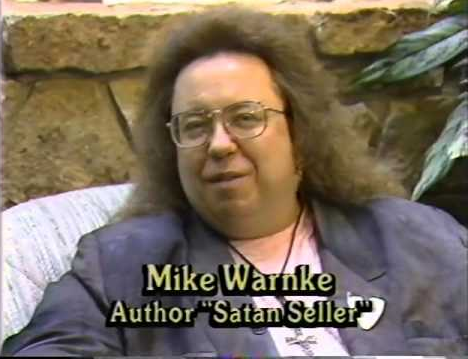
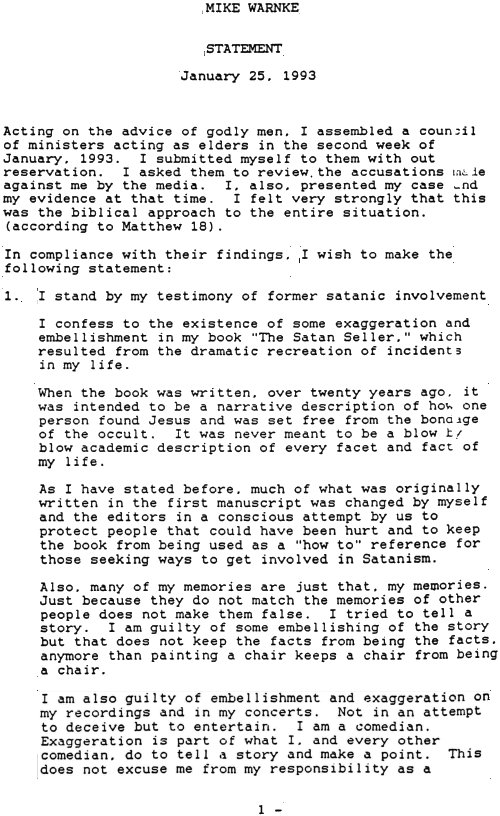
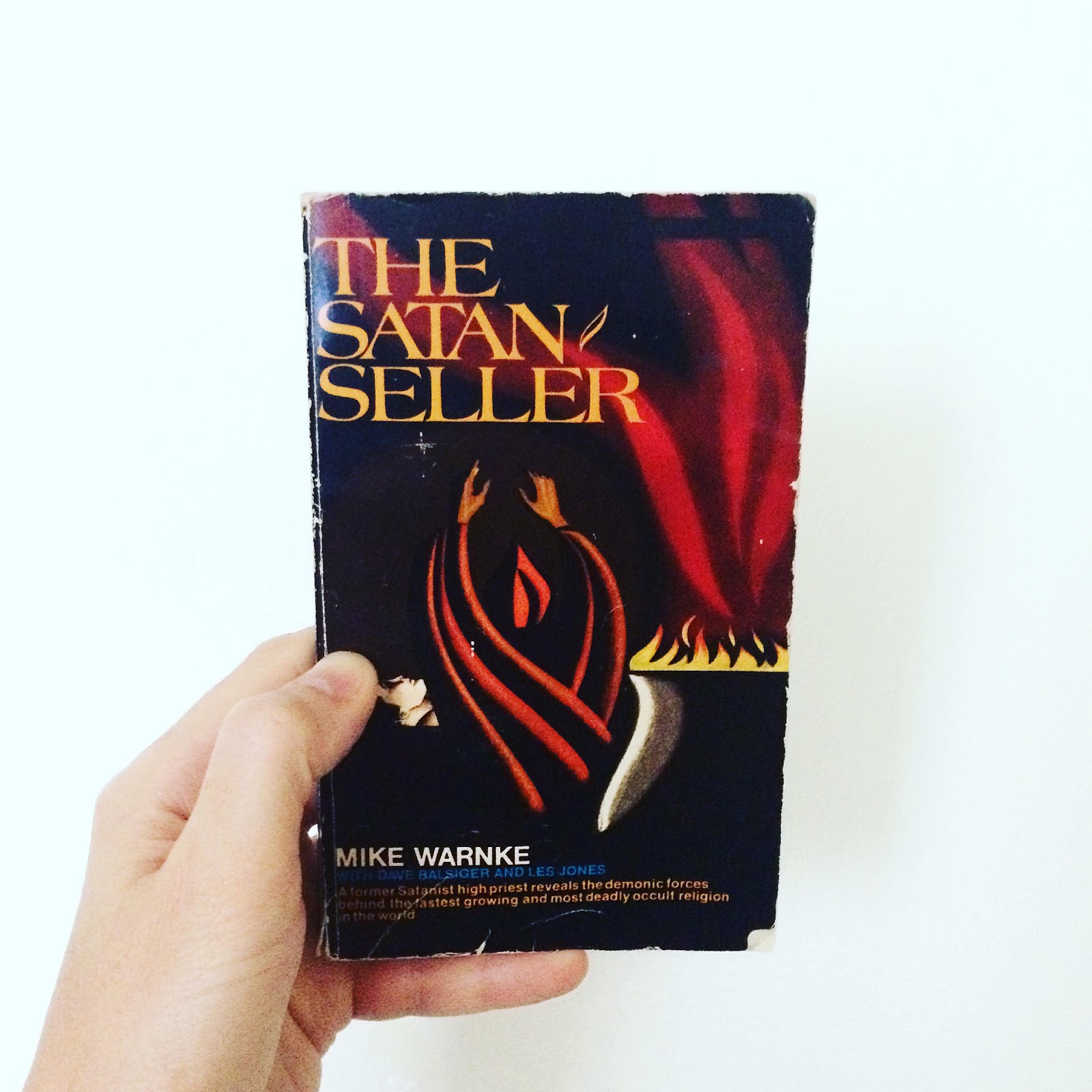
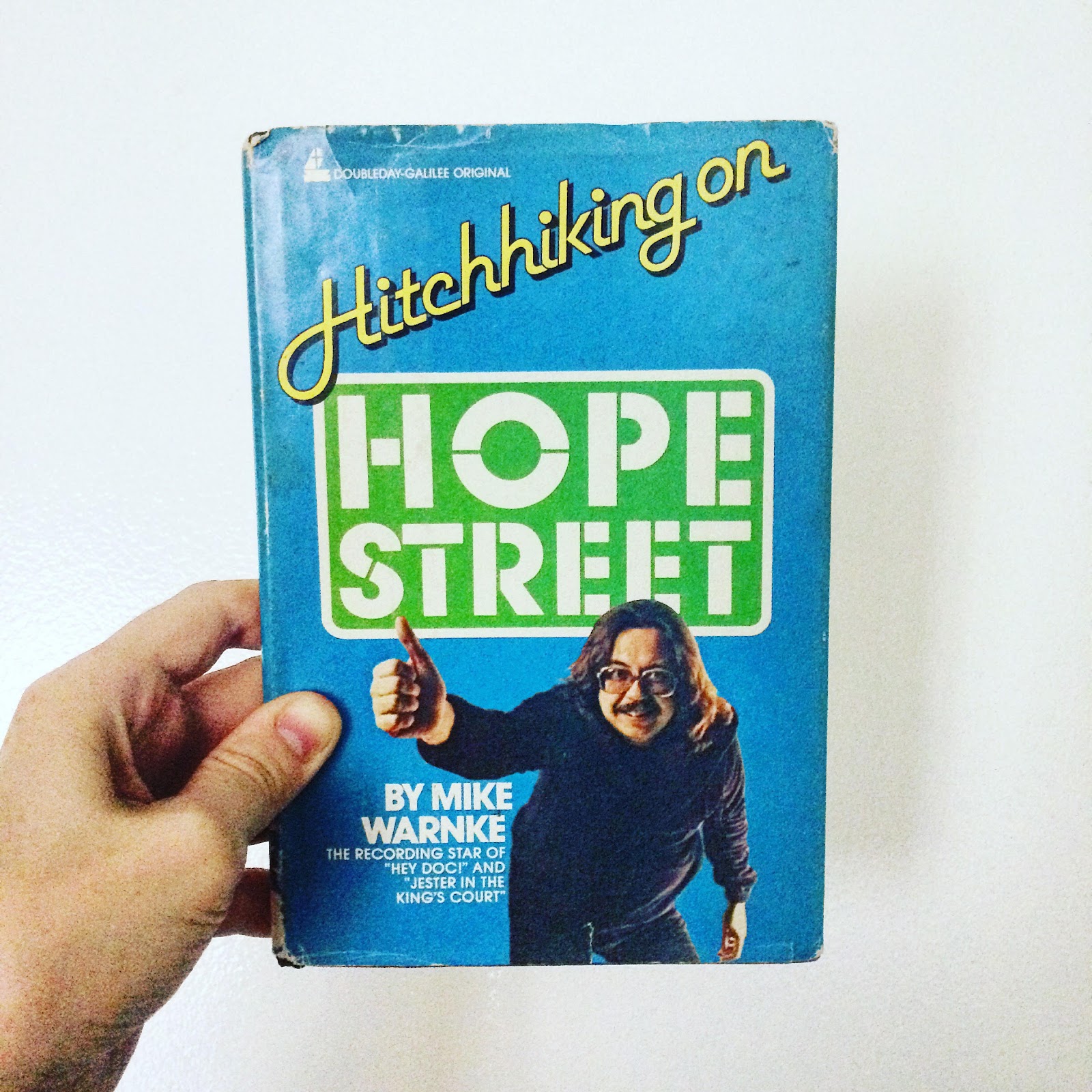
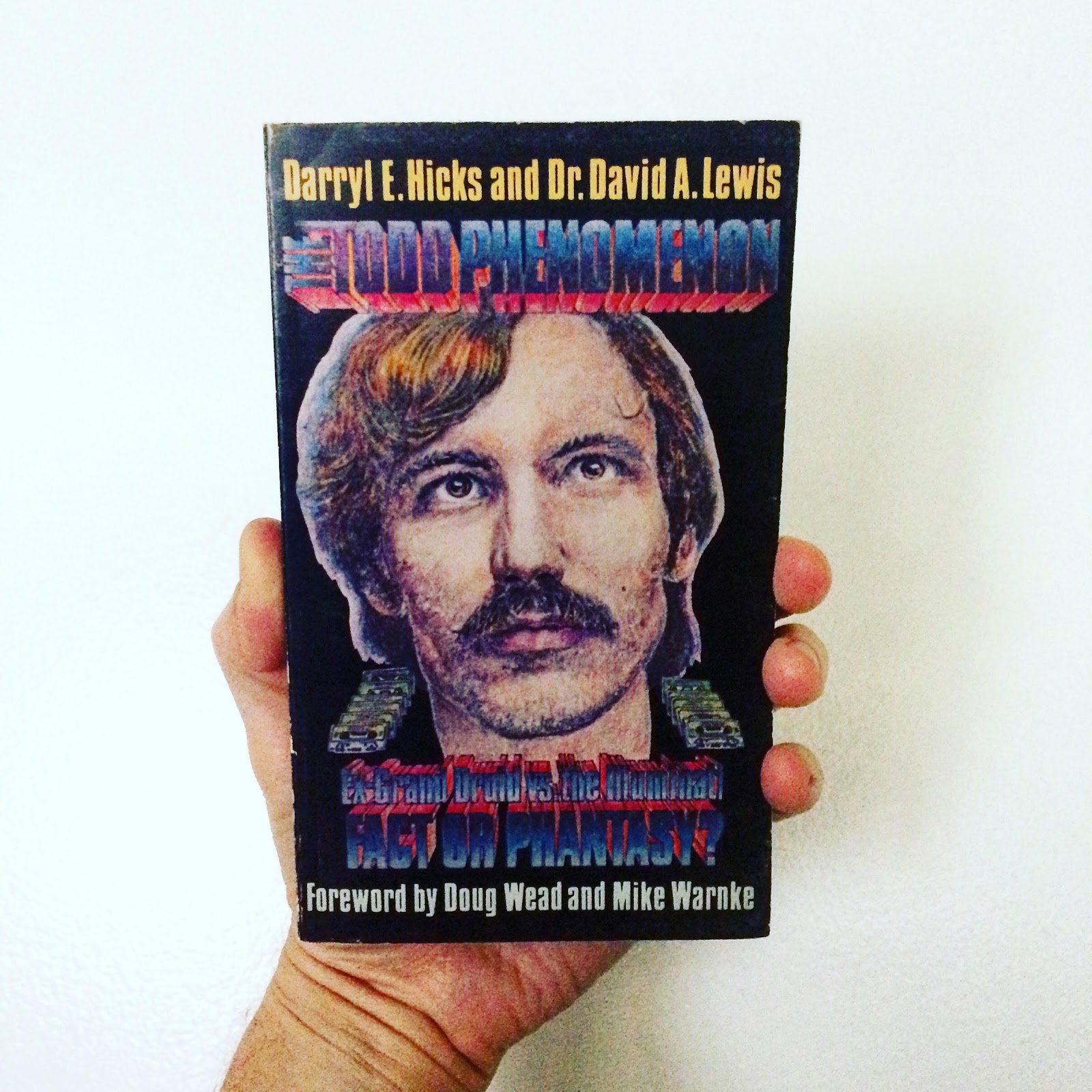

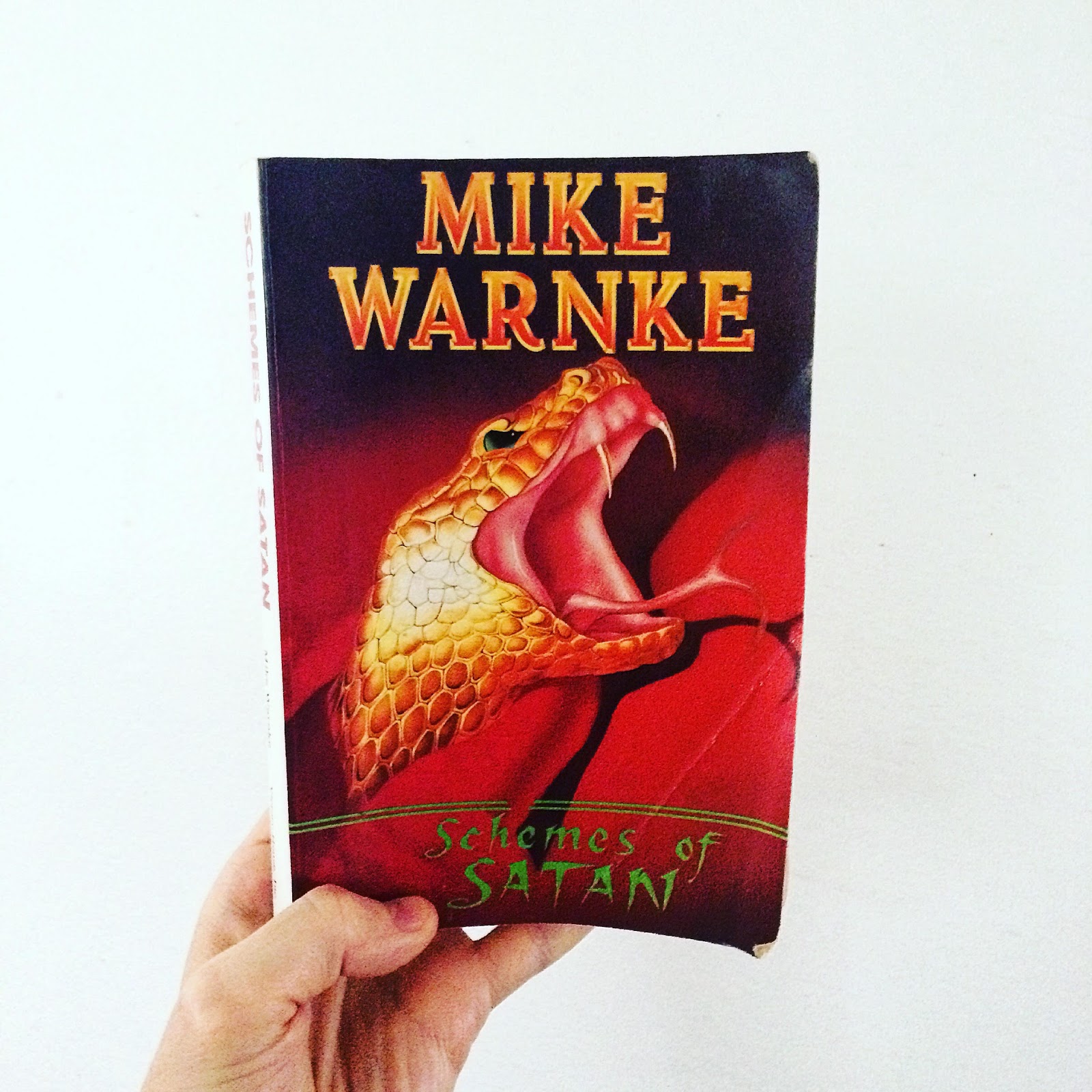
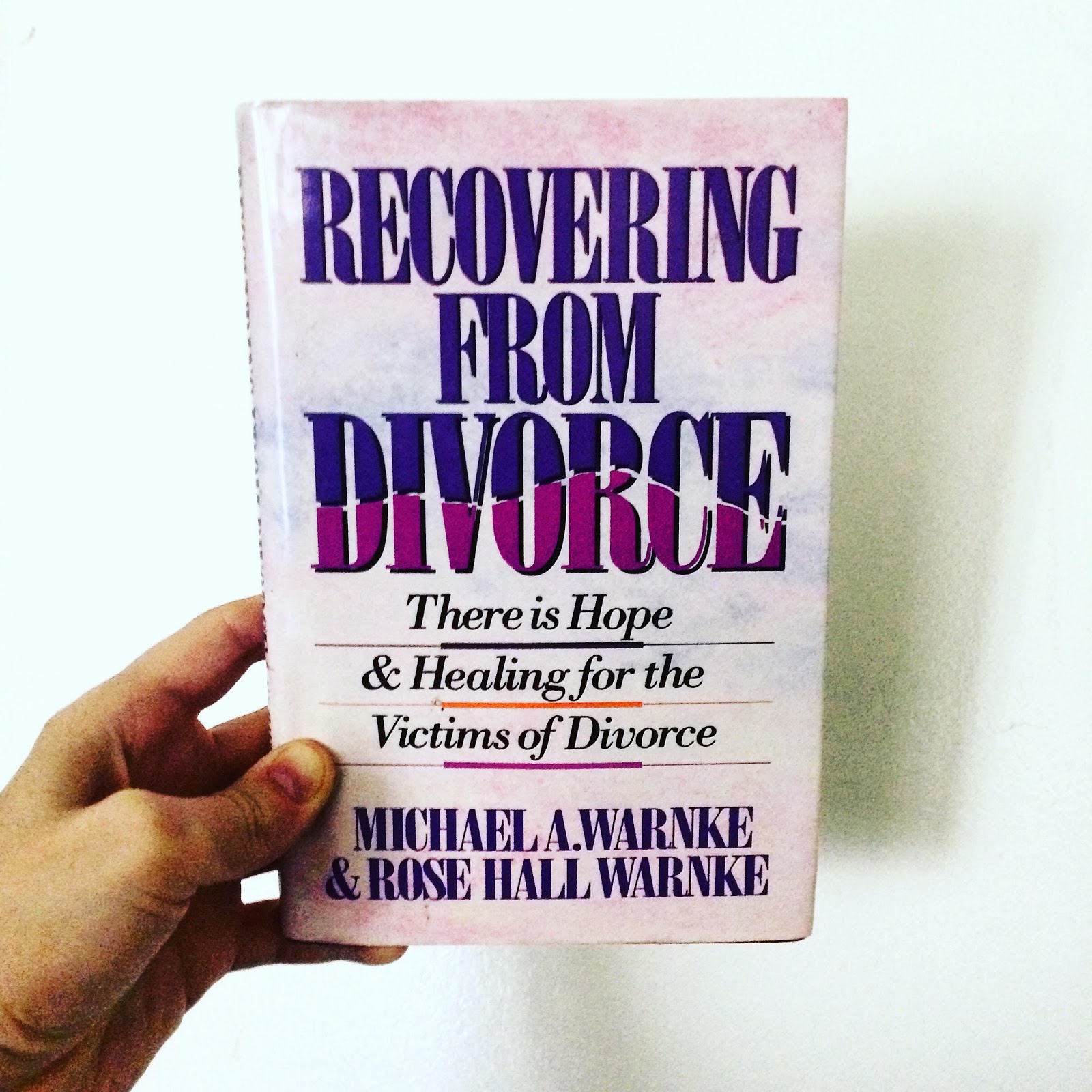
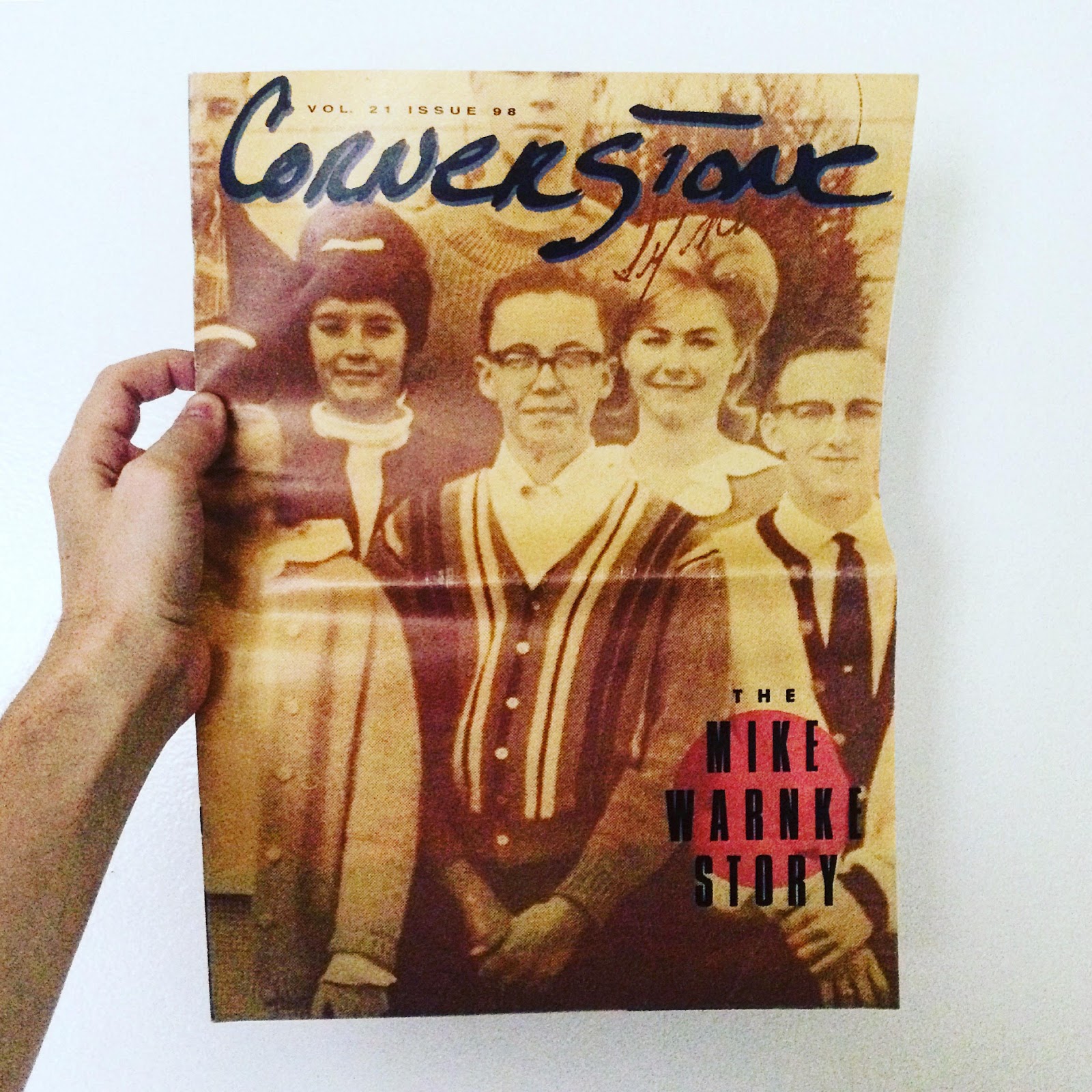
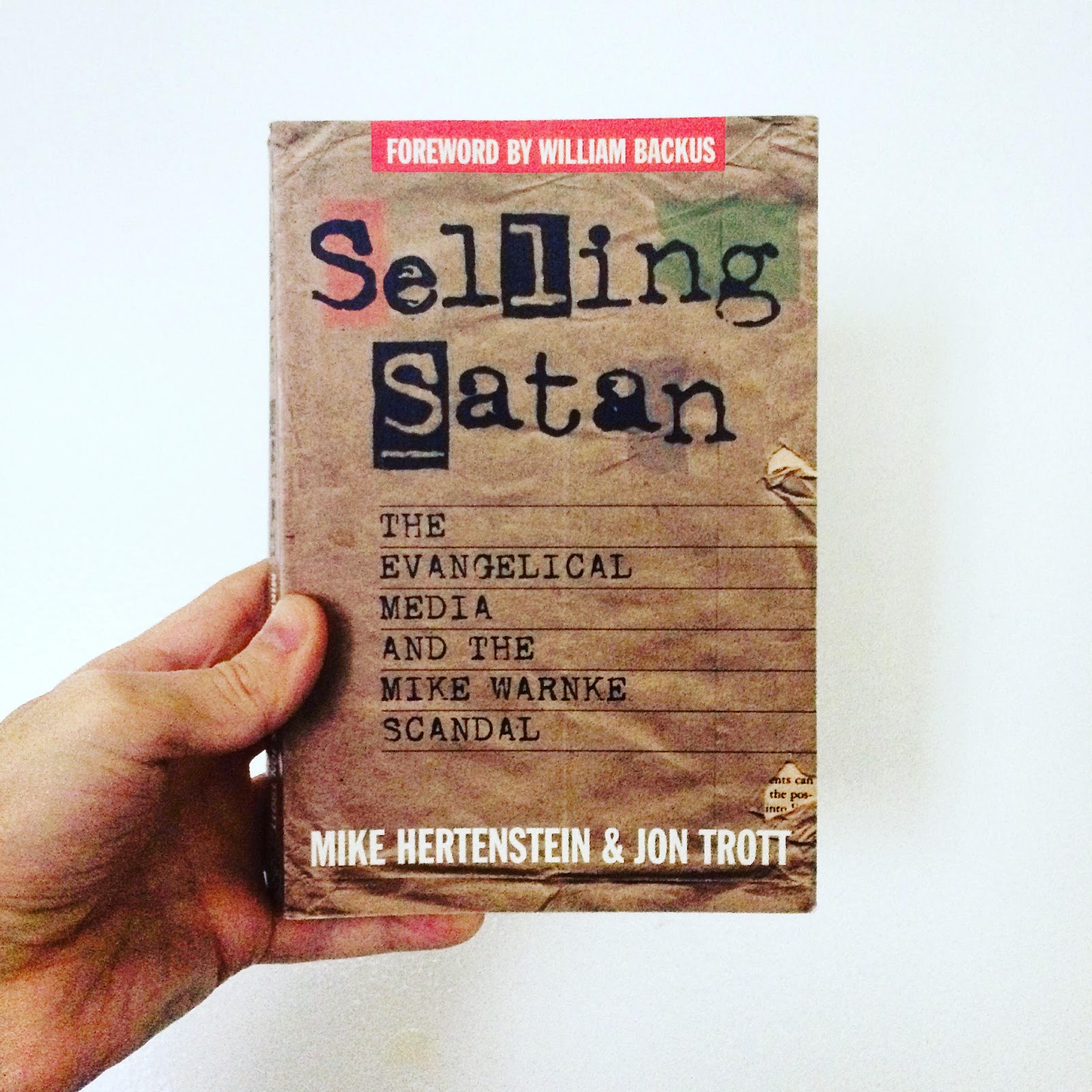
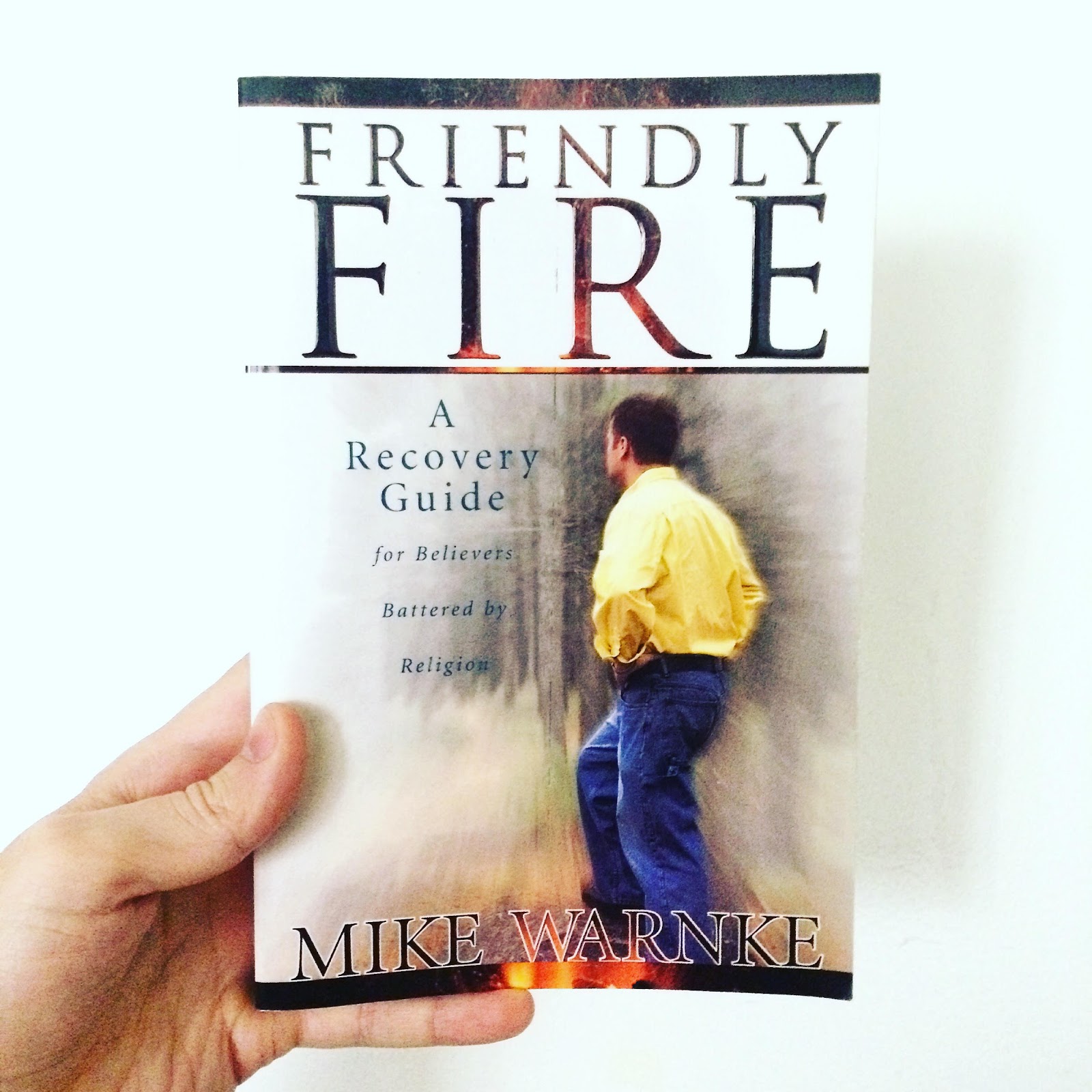
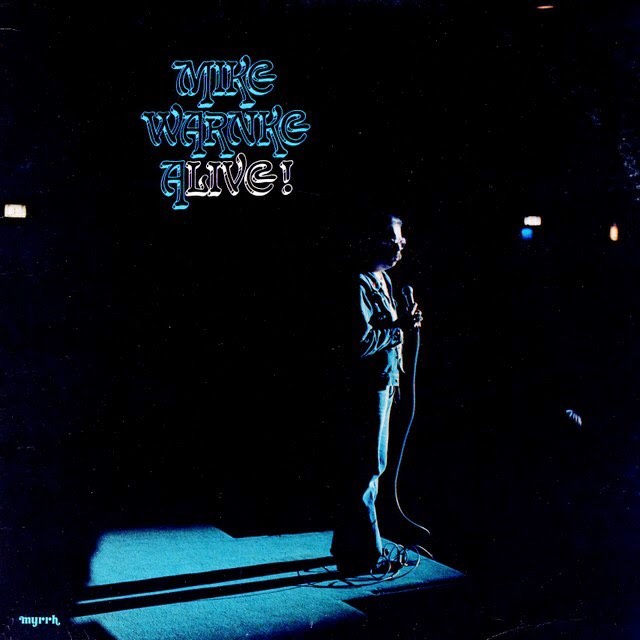
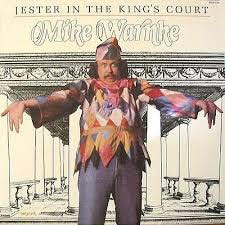
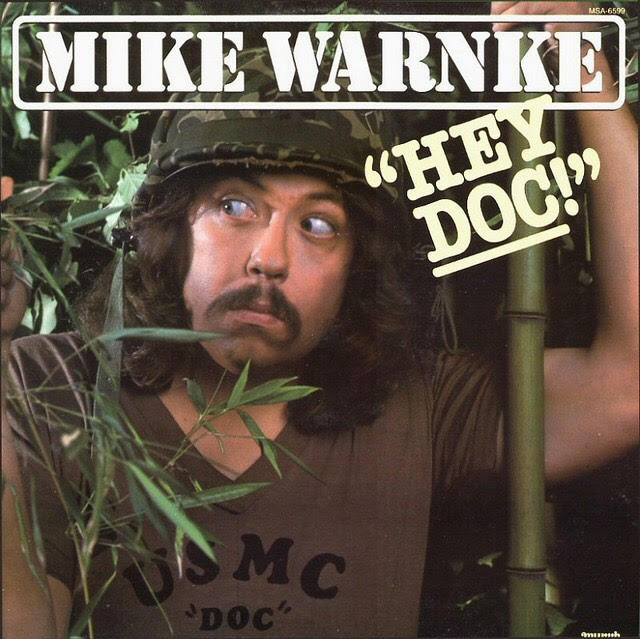
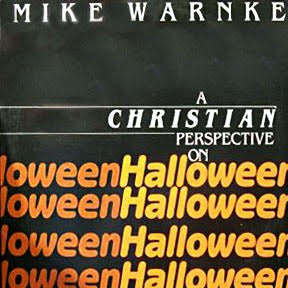


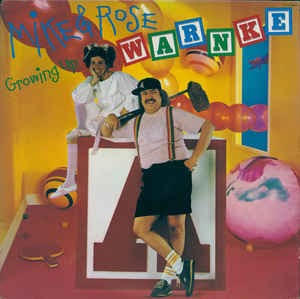
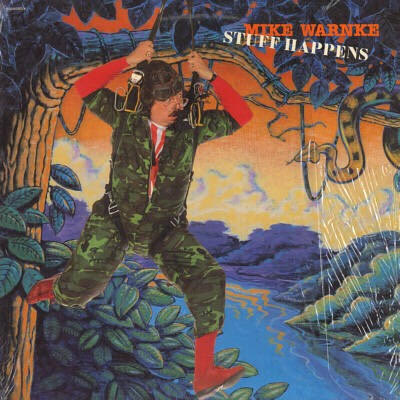
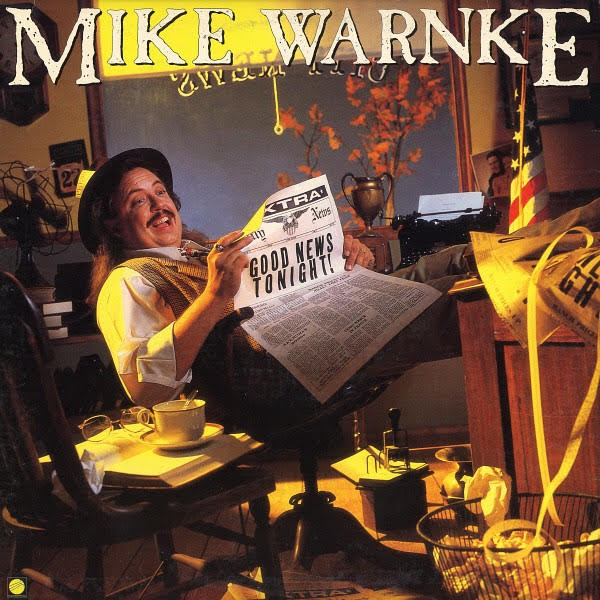



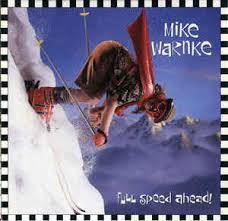
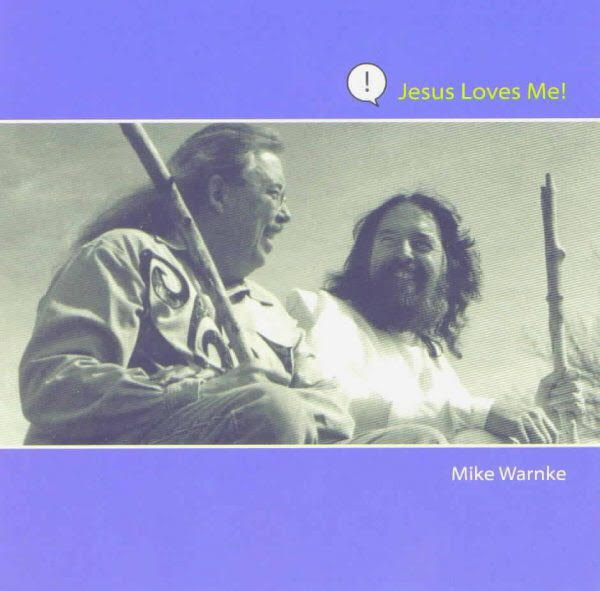
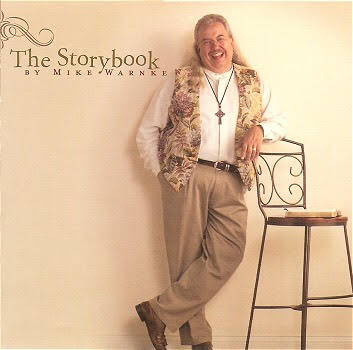
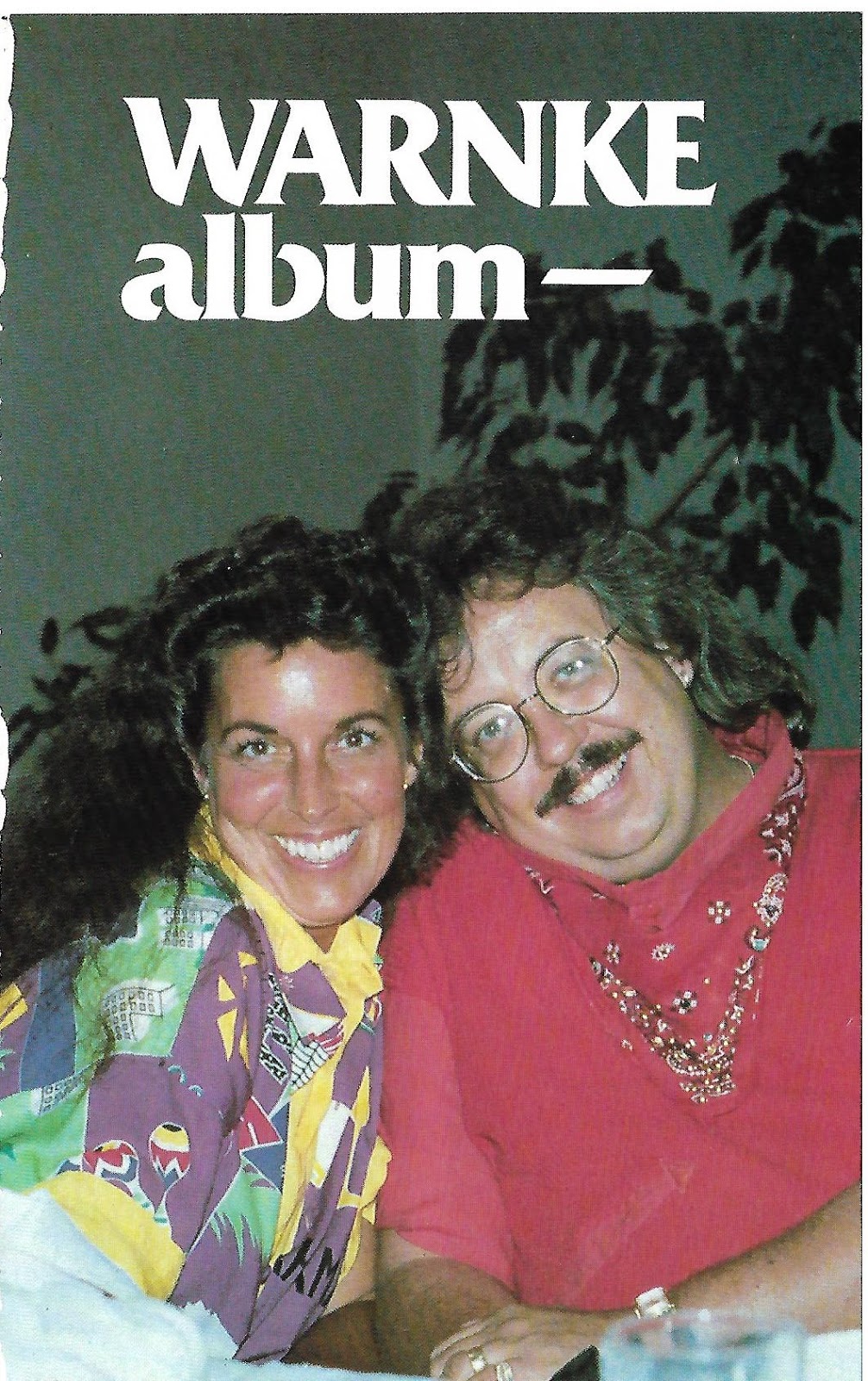










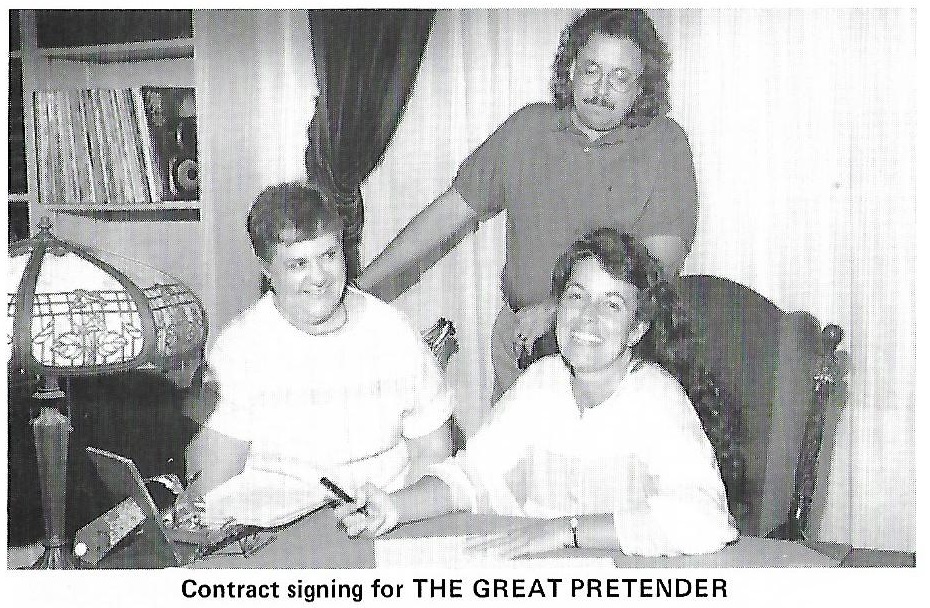




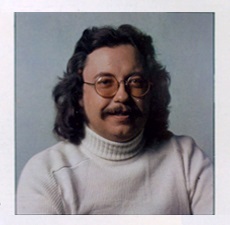


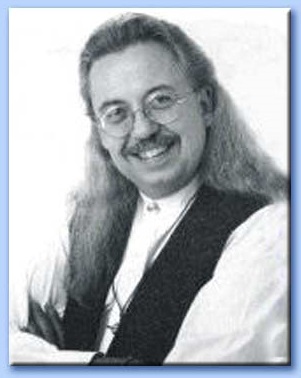


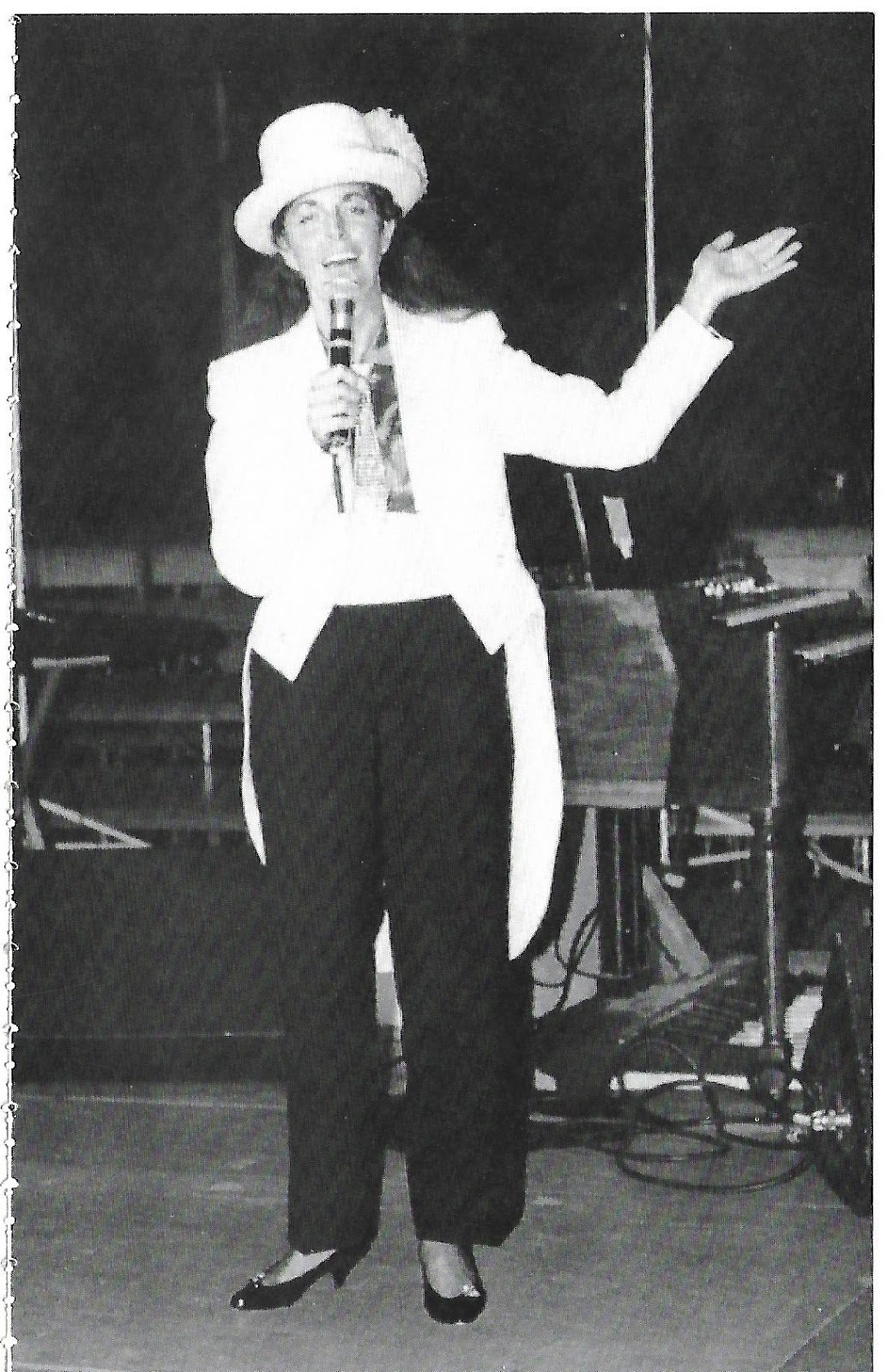
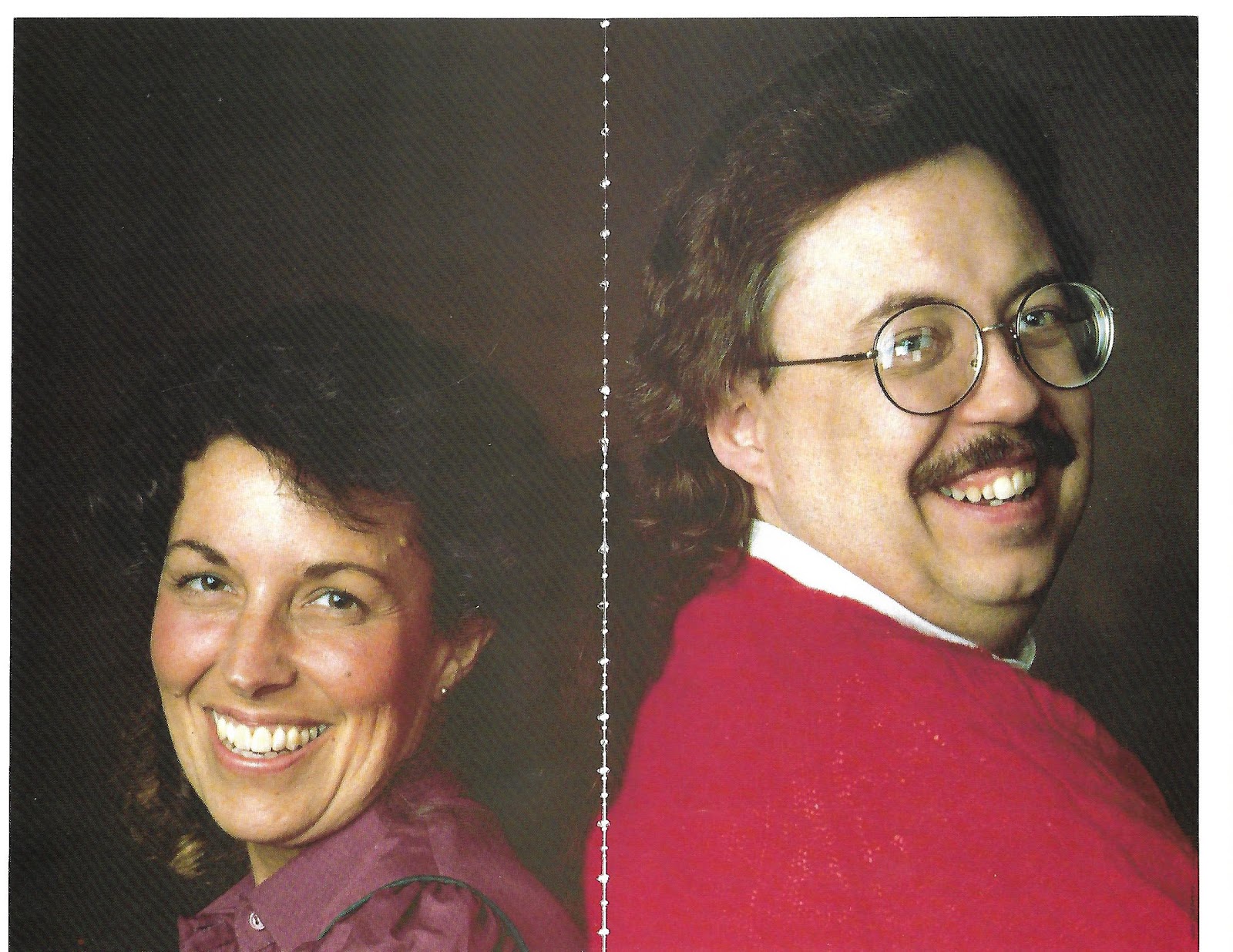
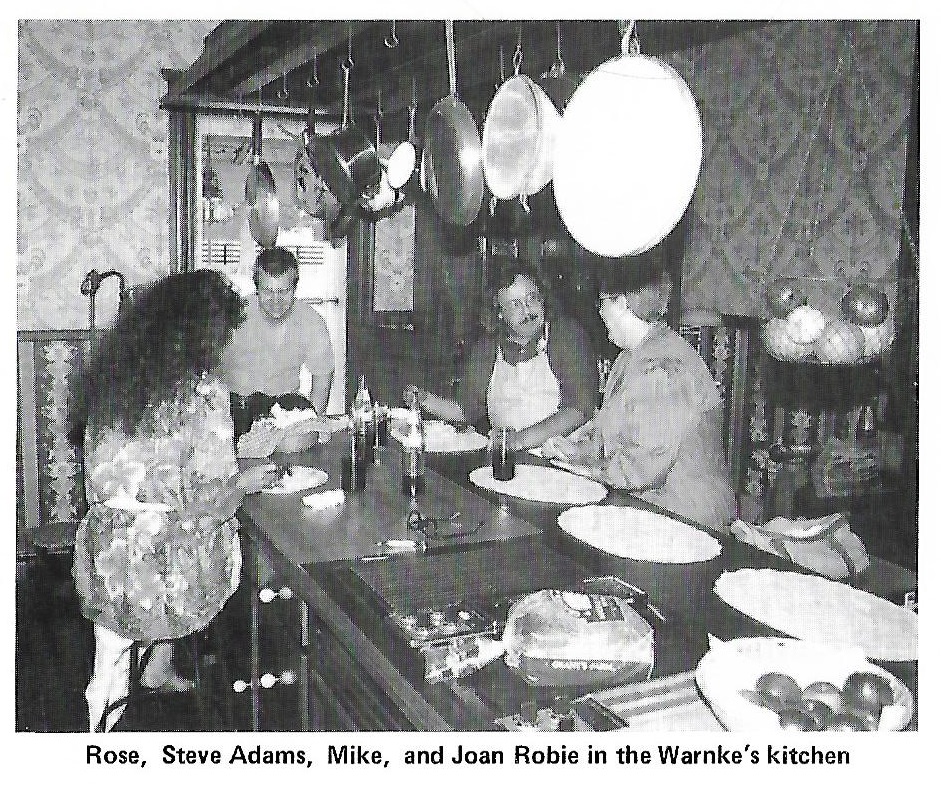
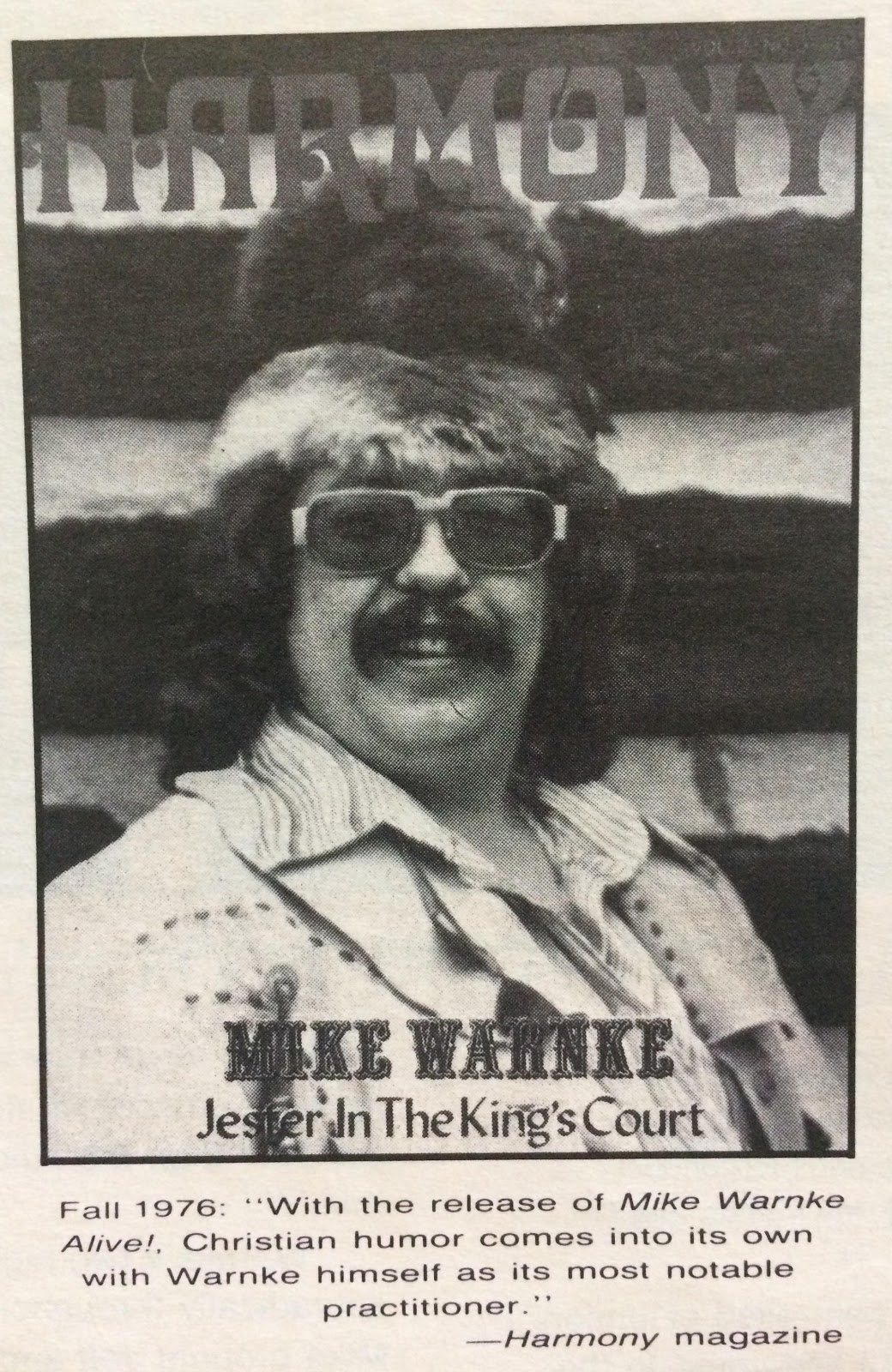

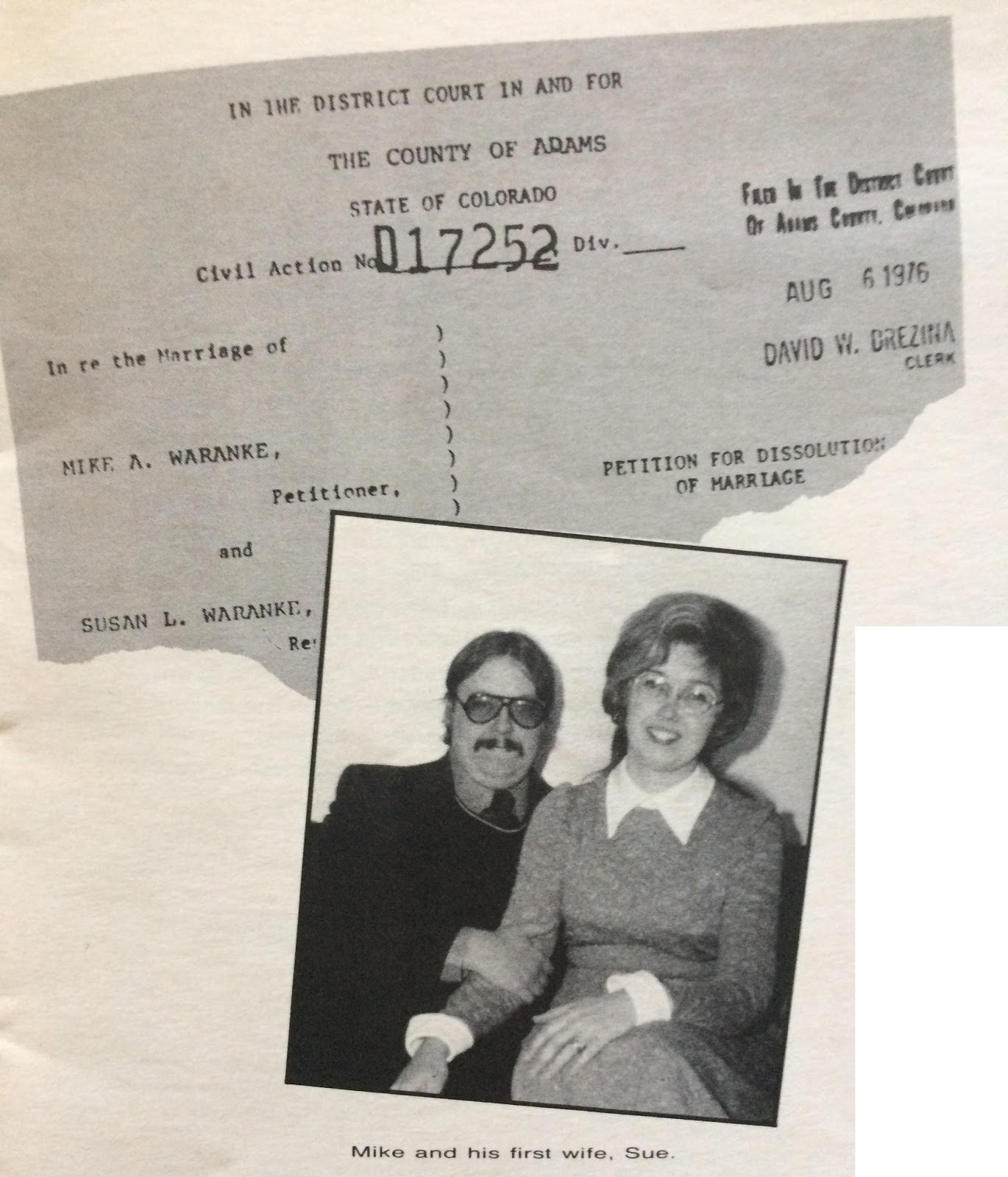

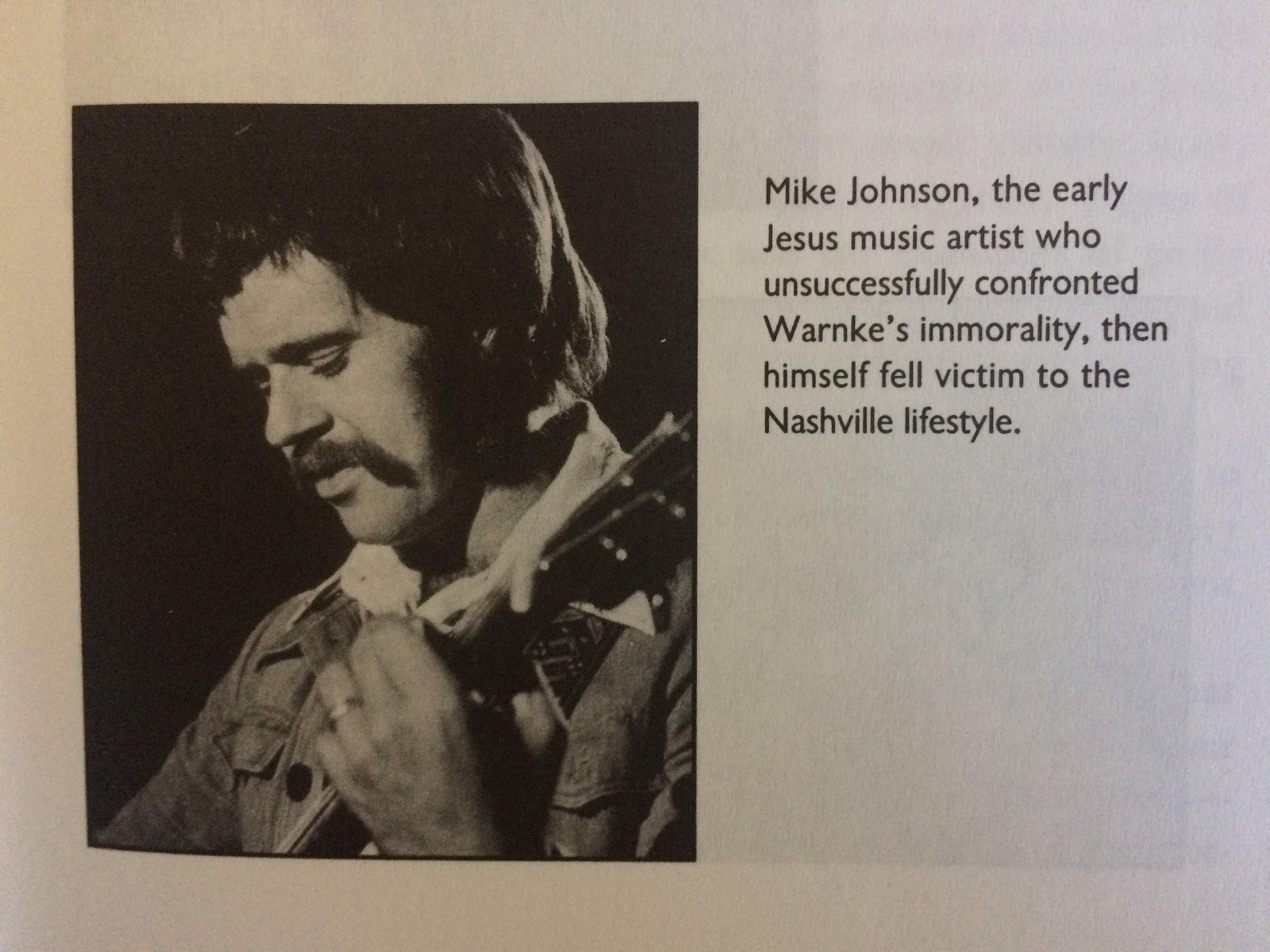

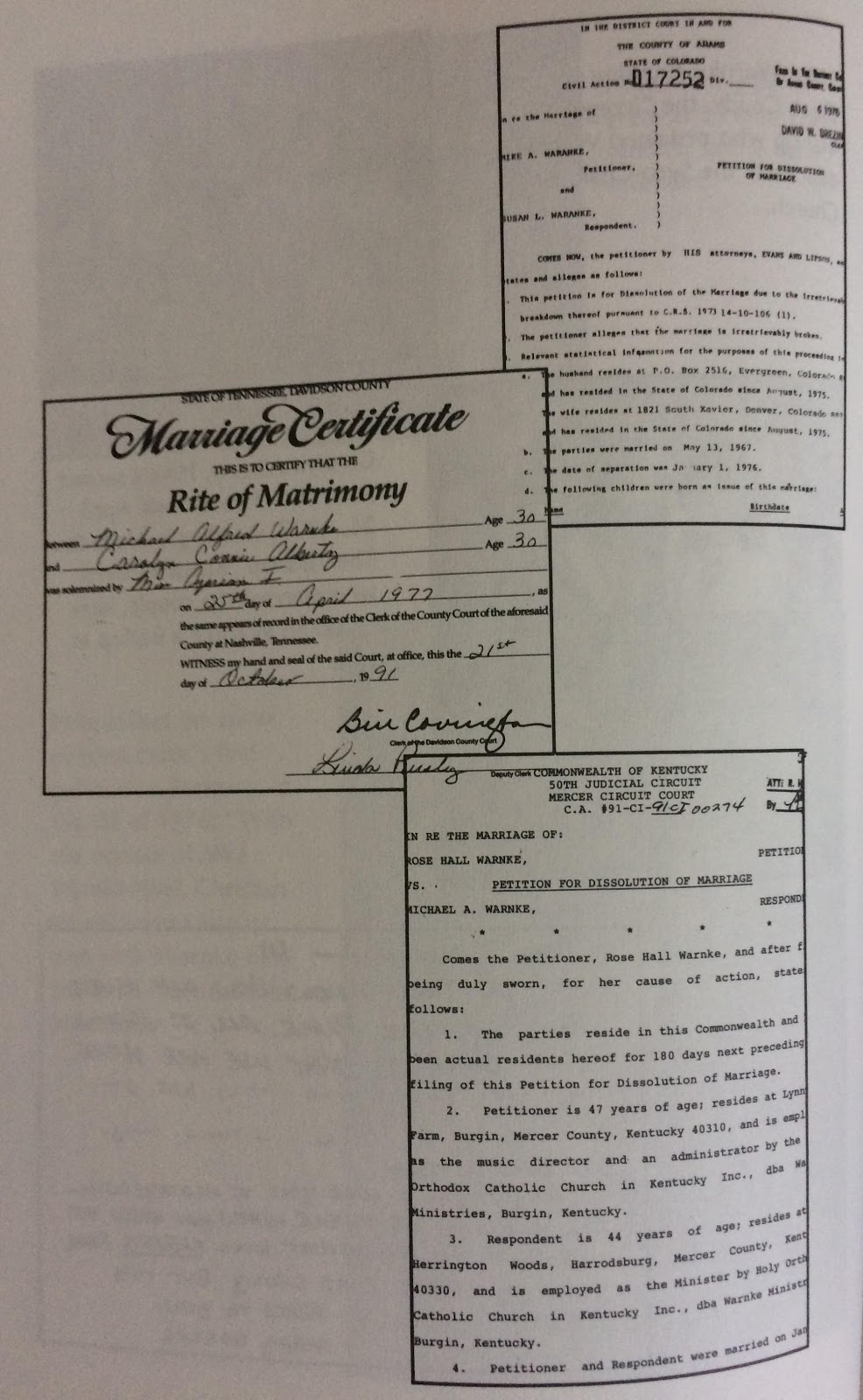
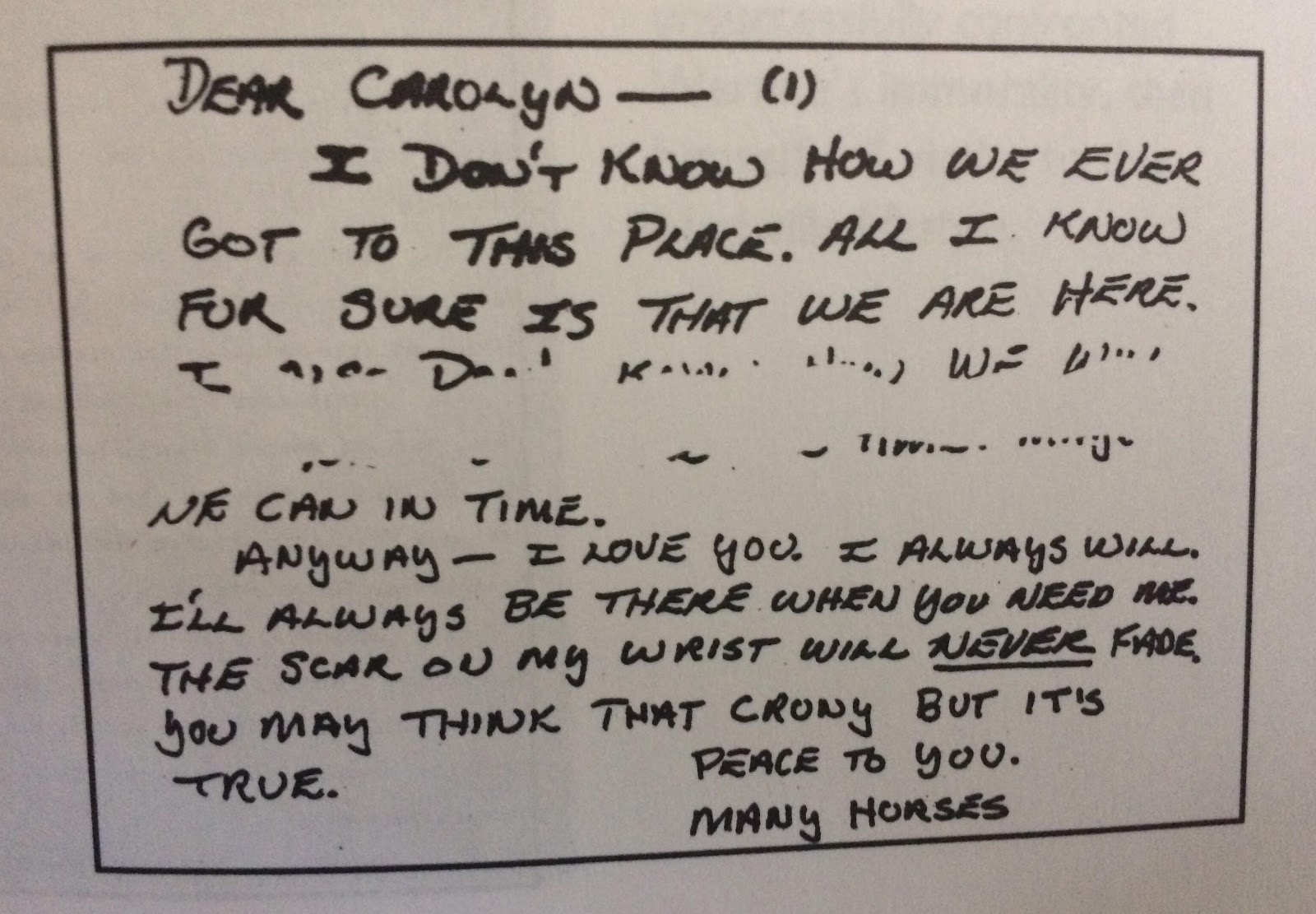
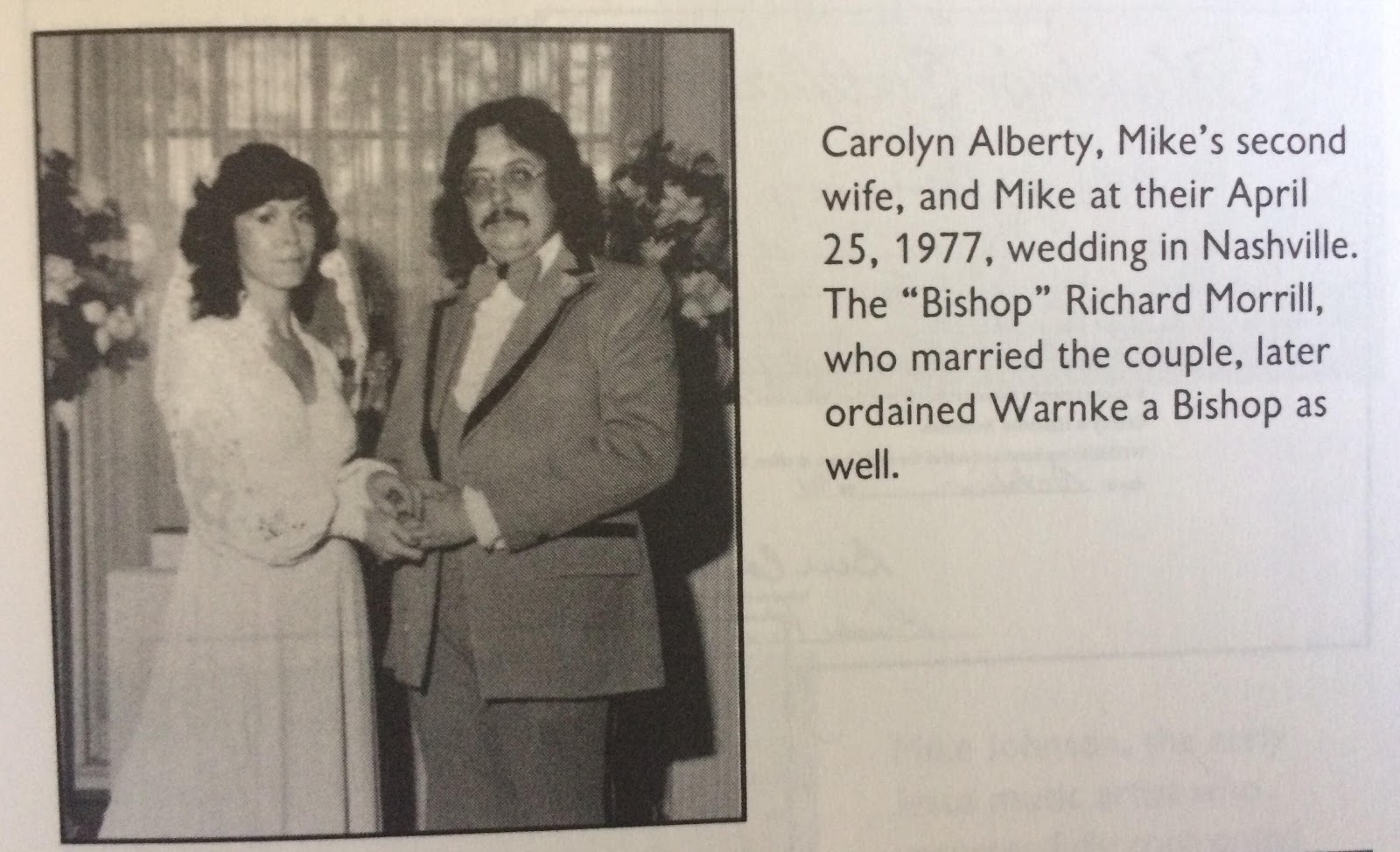
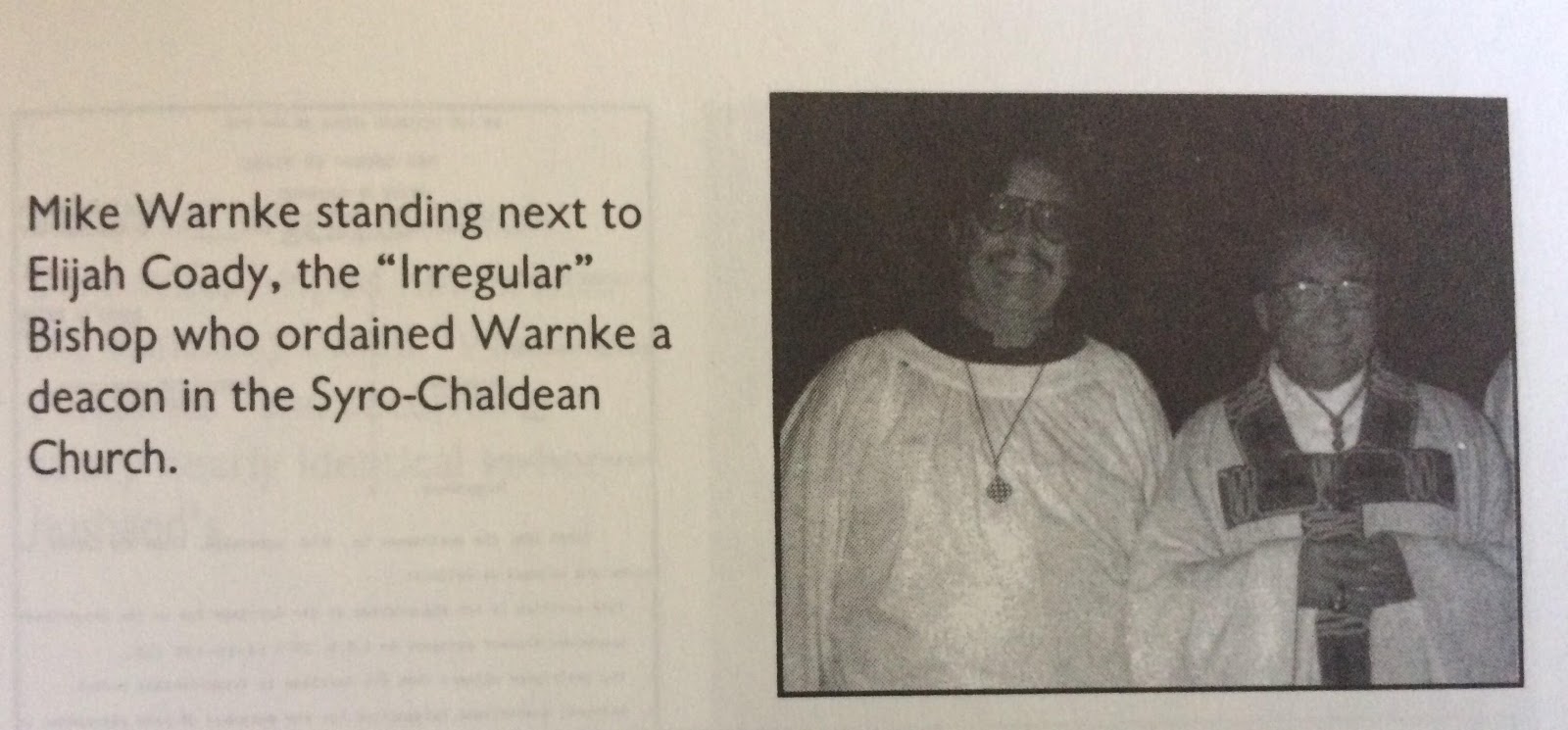
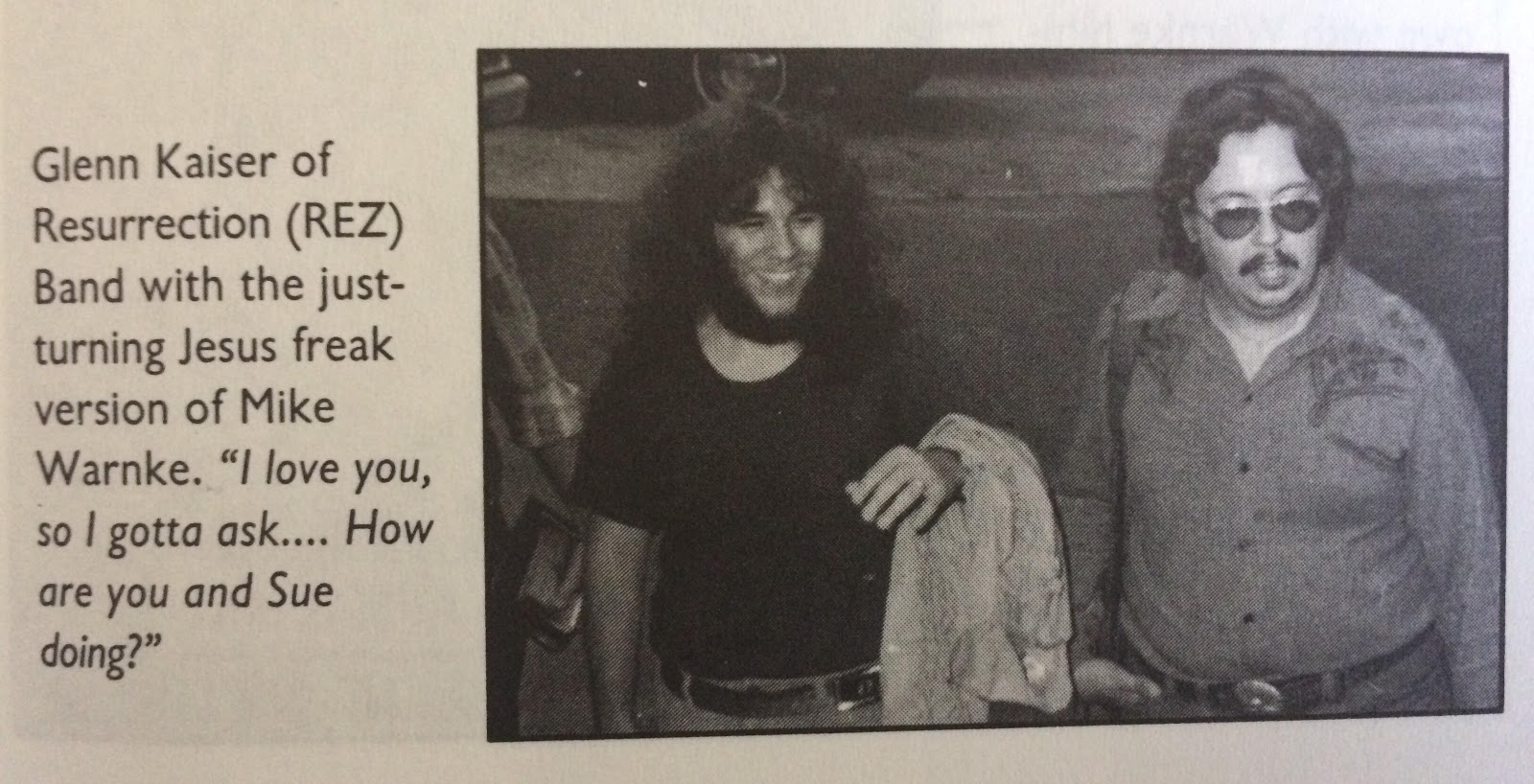
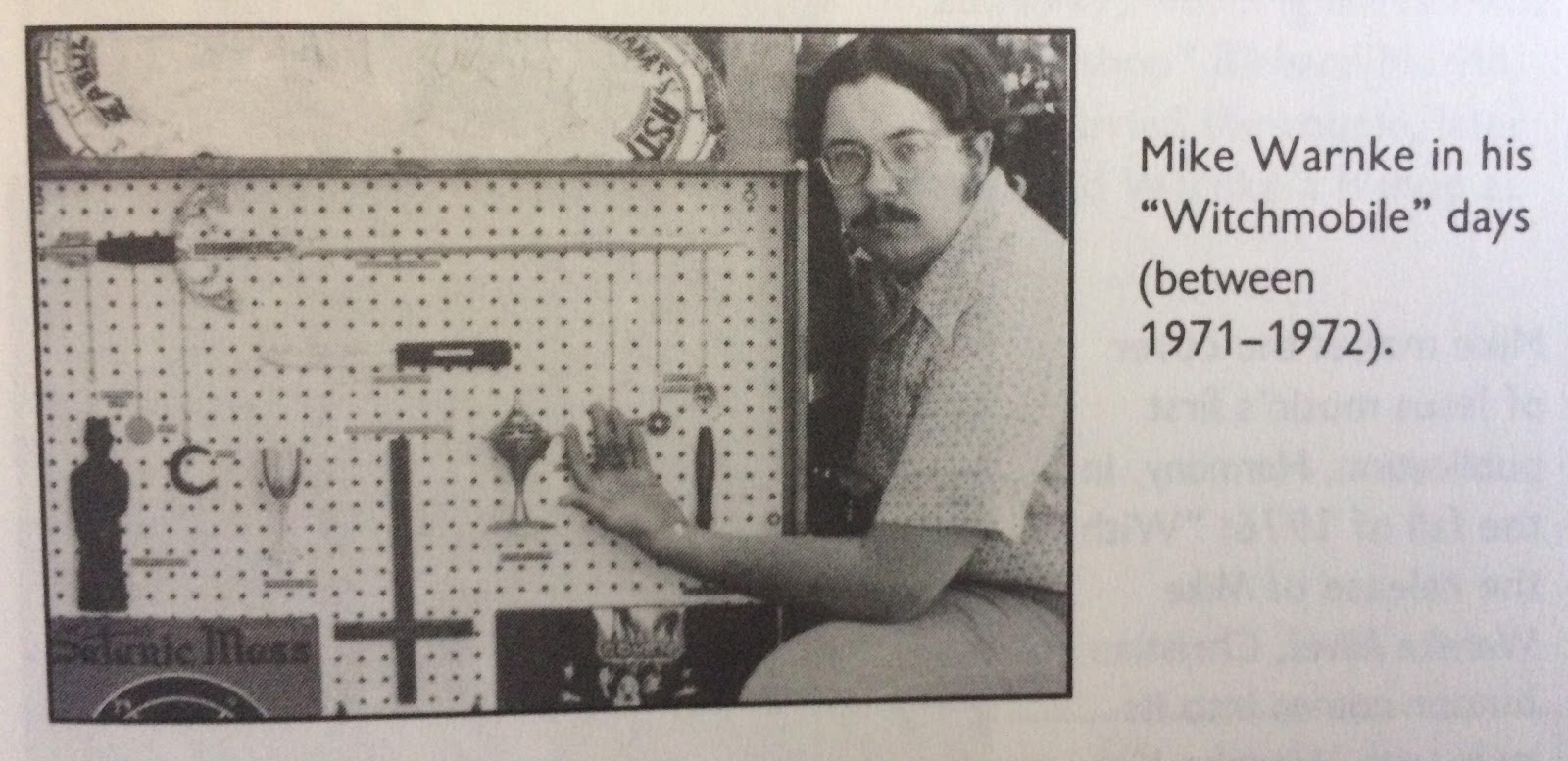
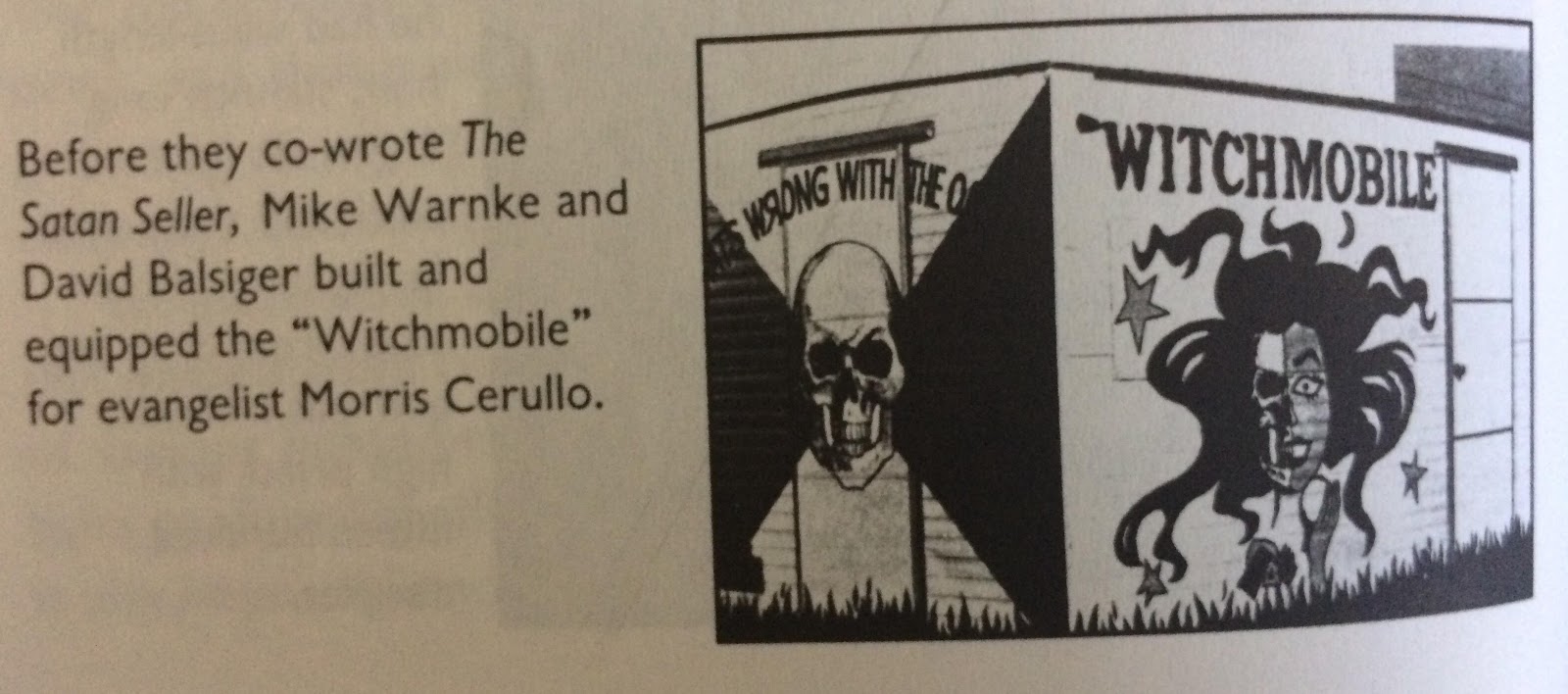



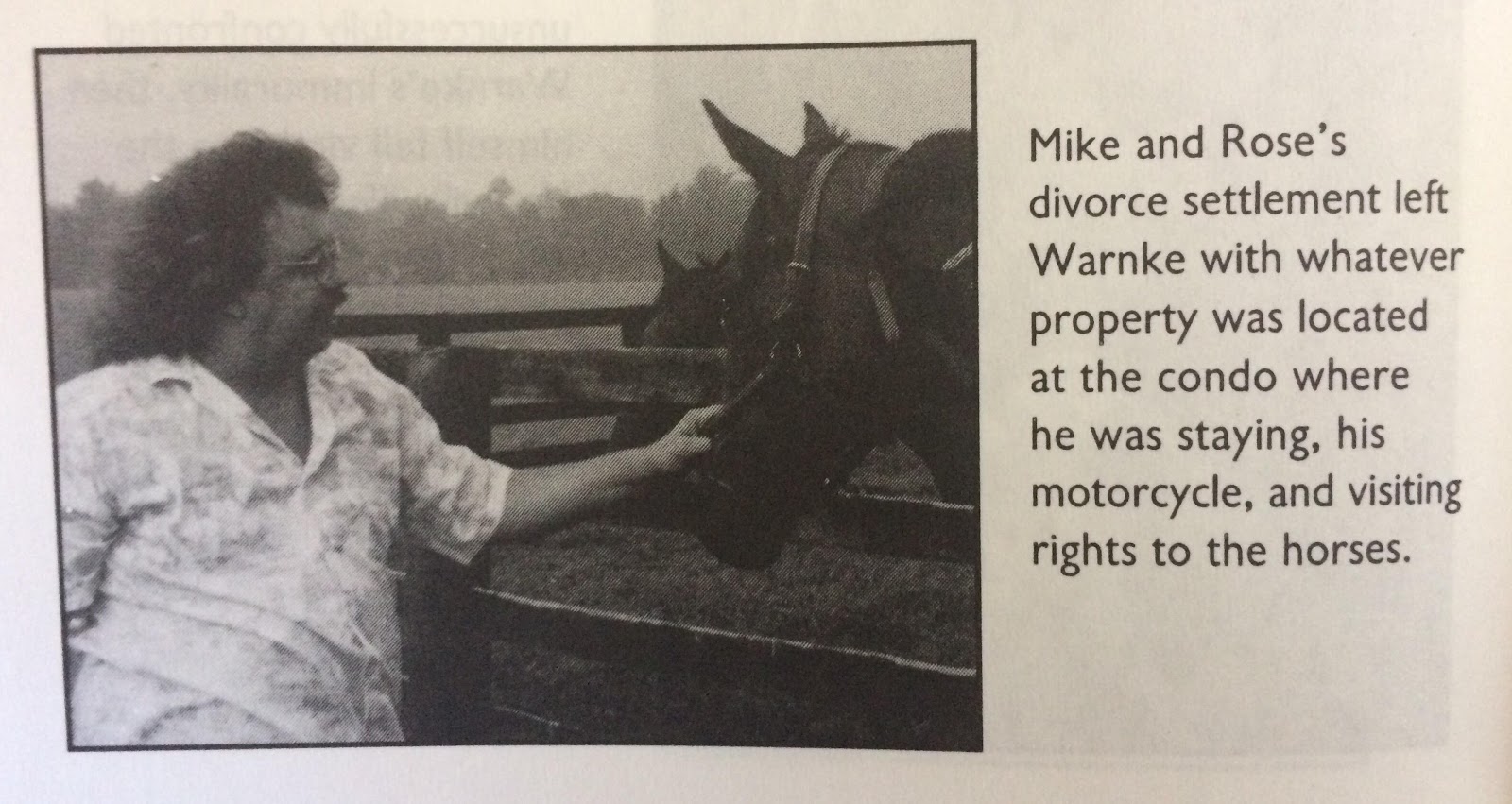


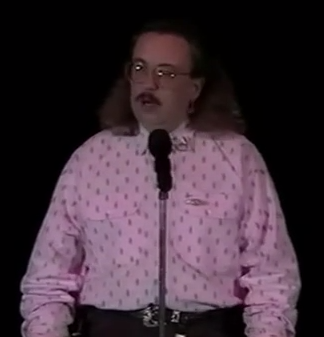

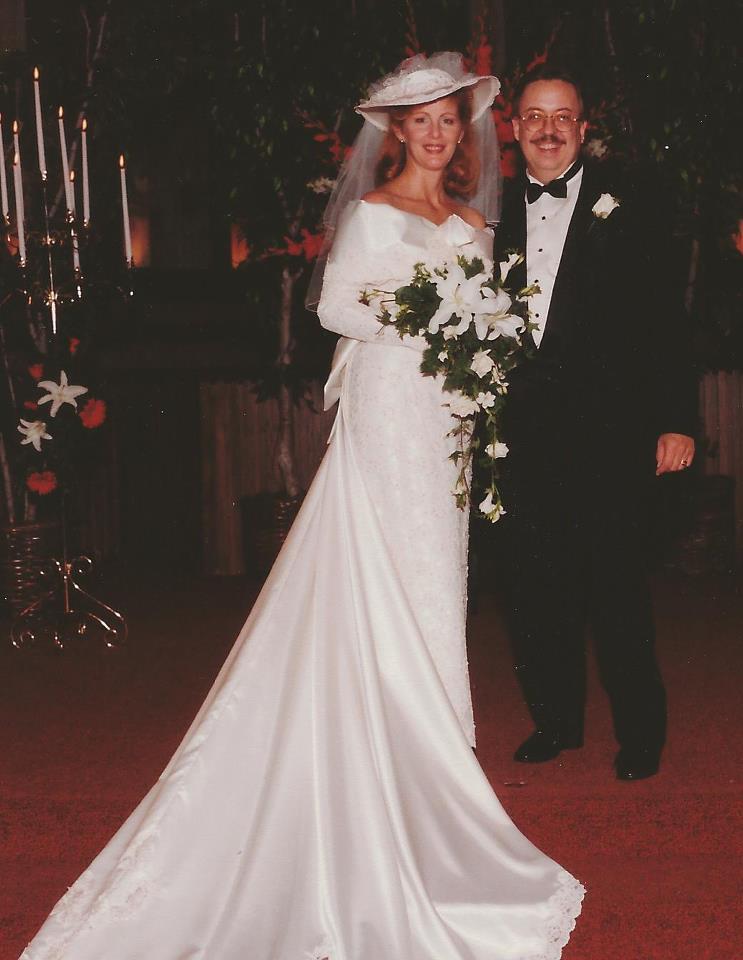
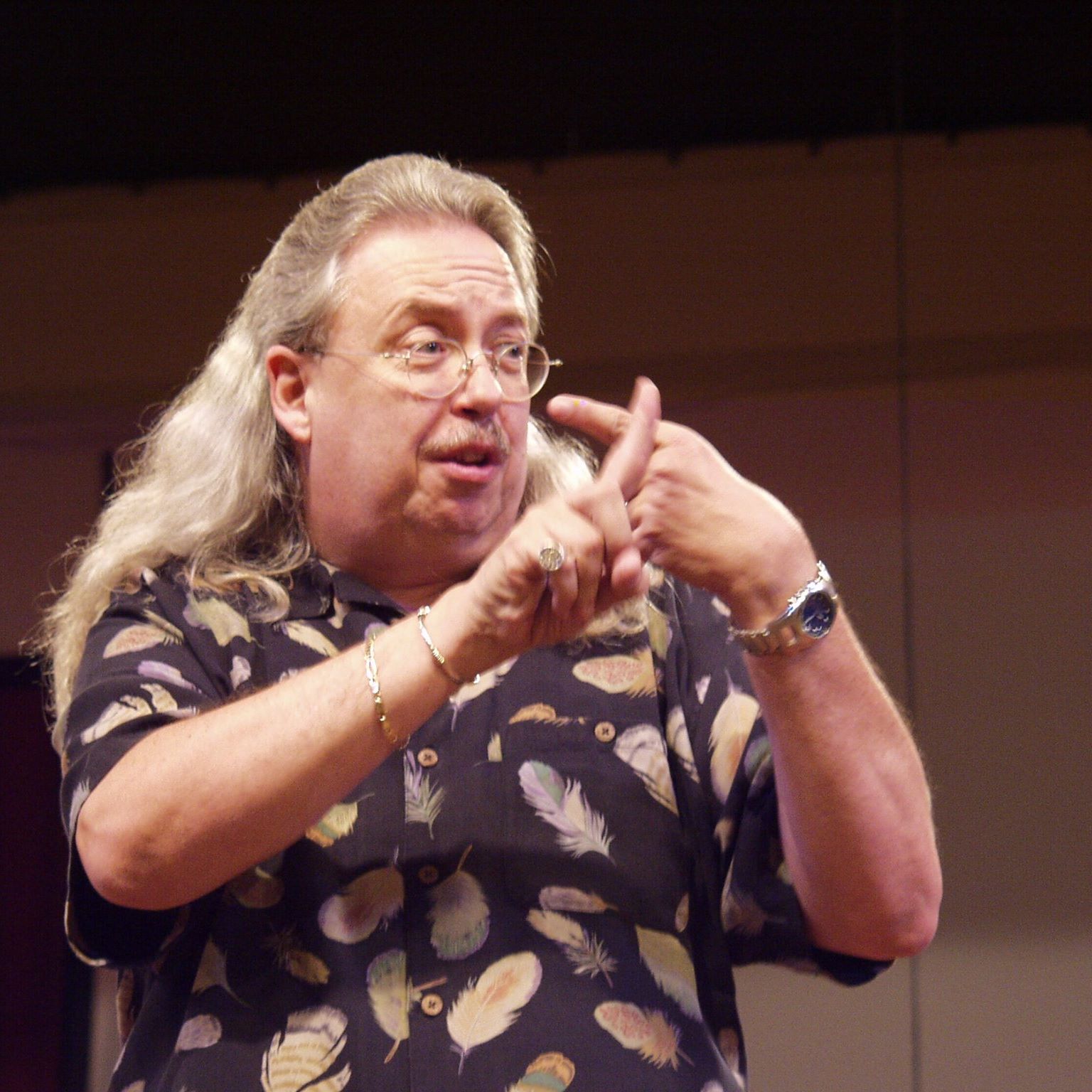
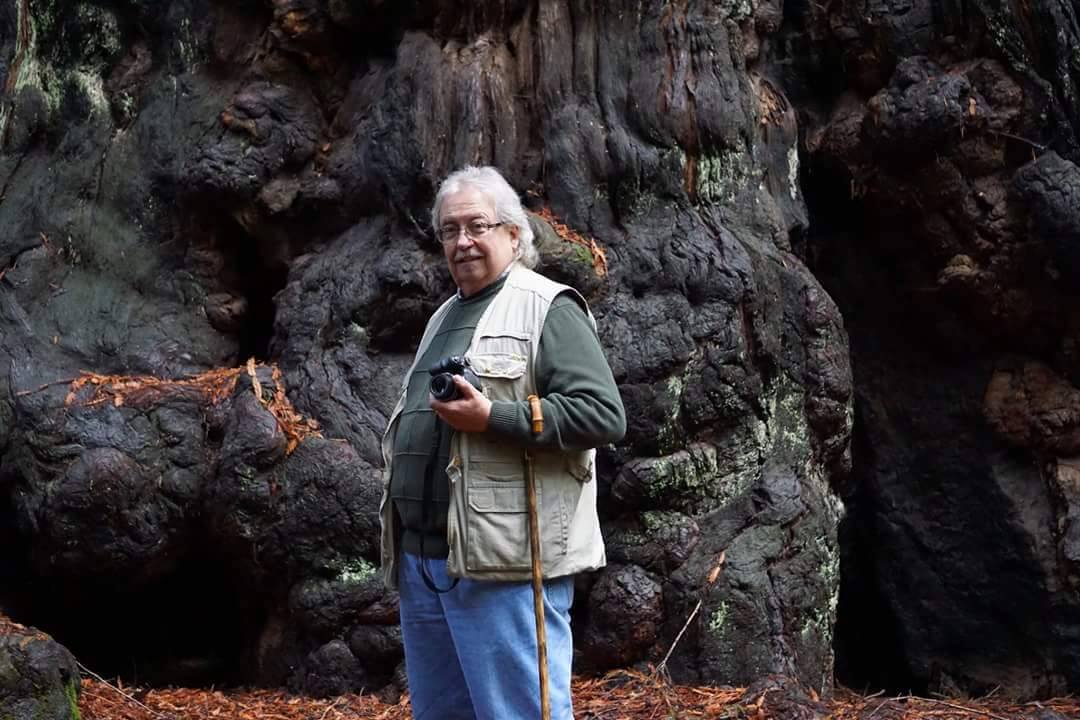




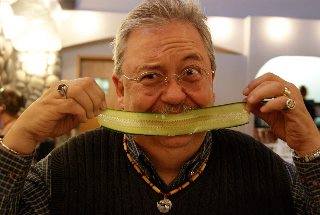
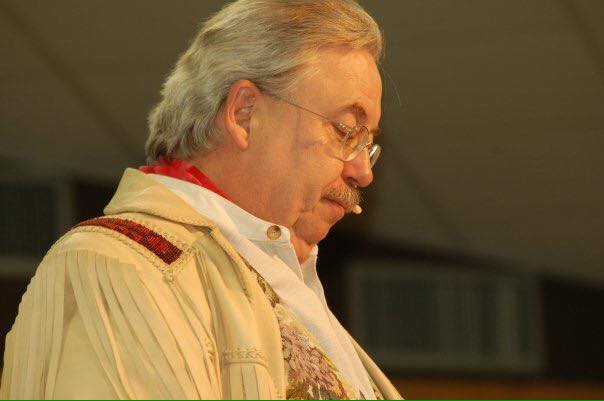

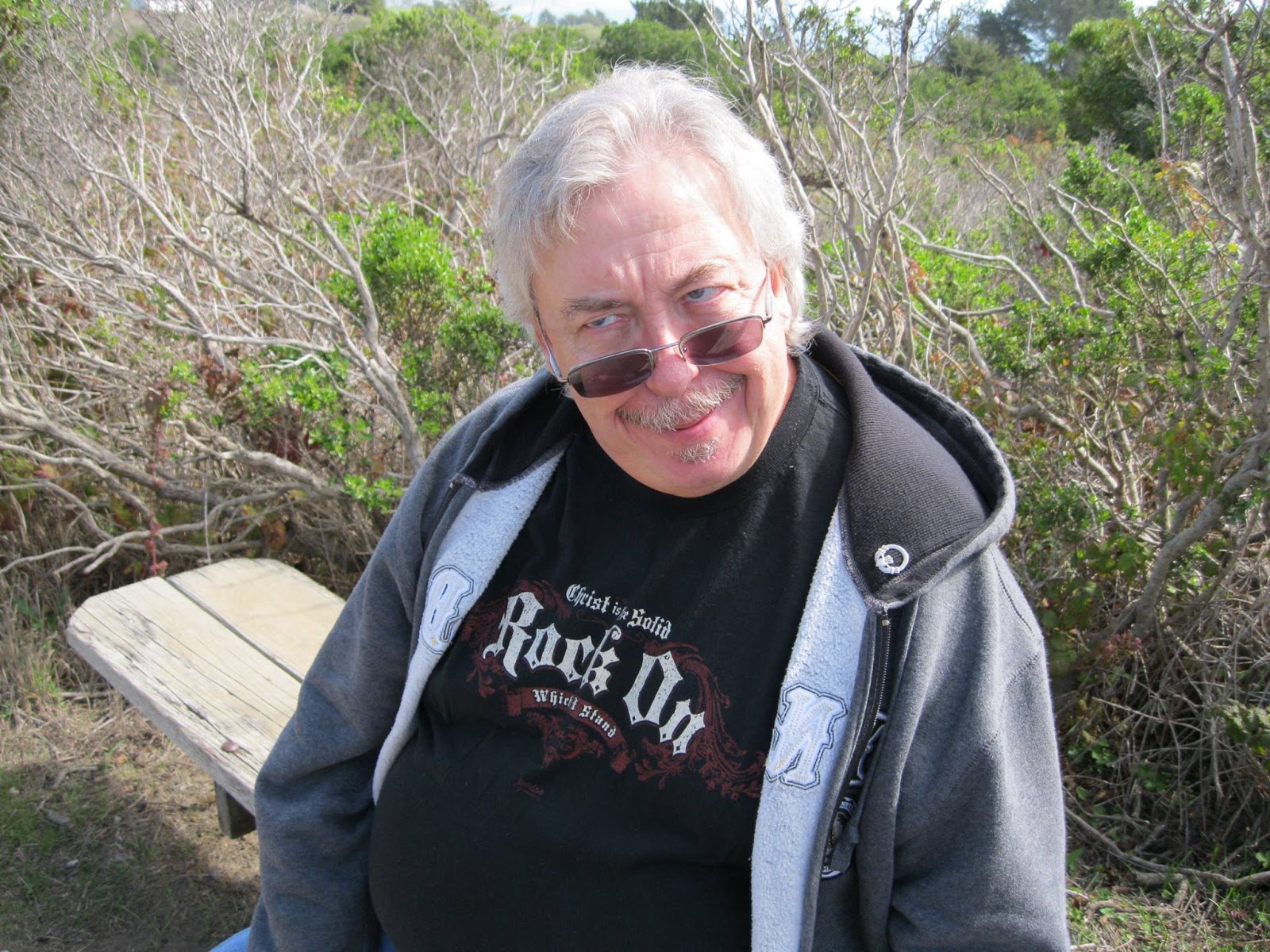


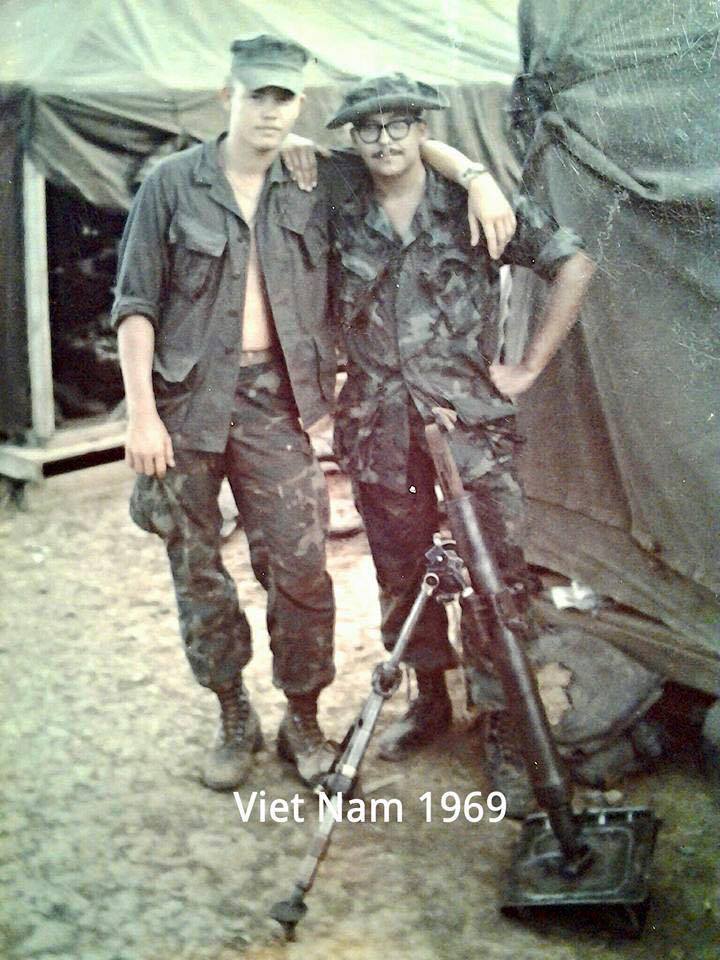


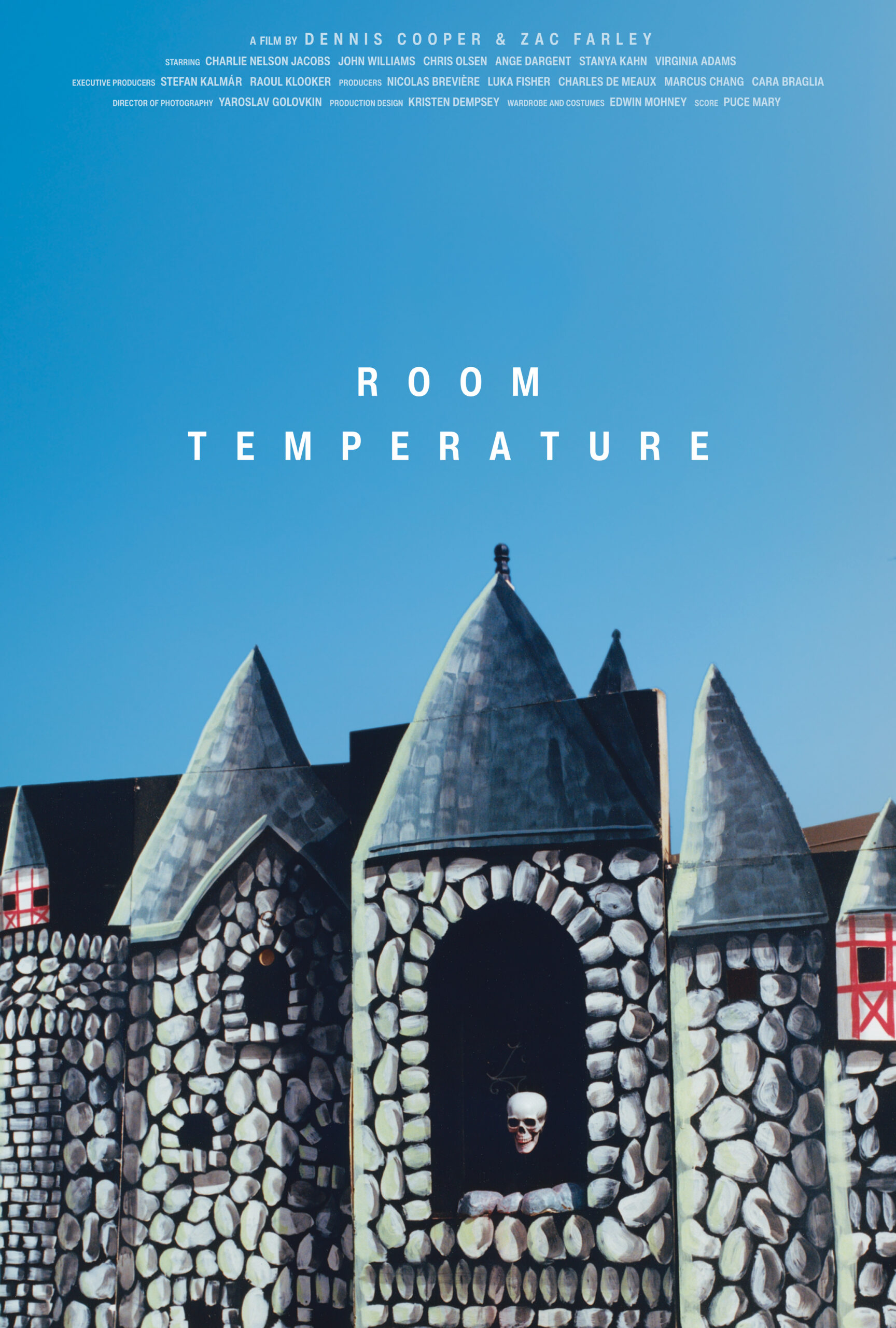



 Now available in North America
Now available in North America 